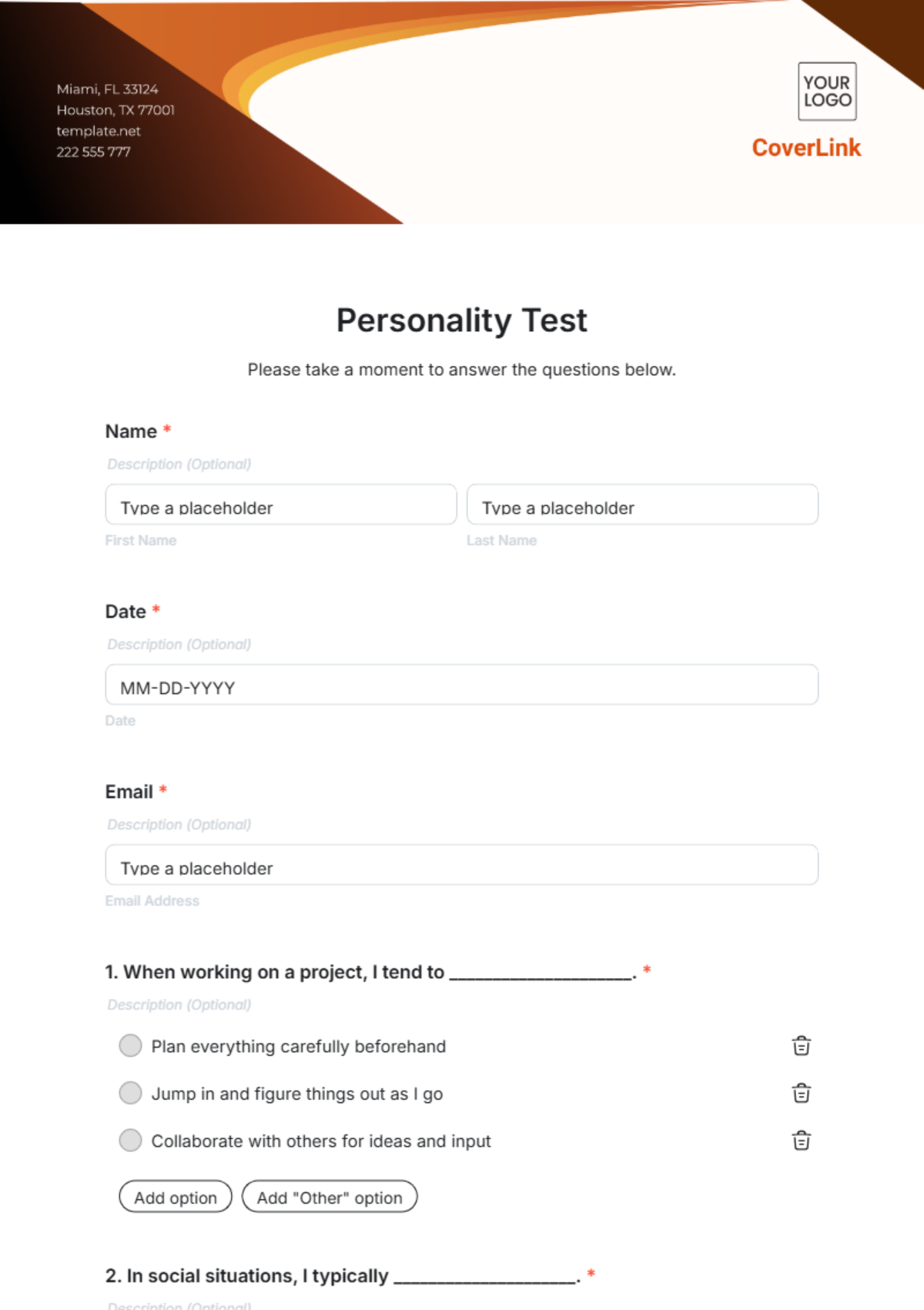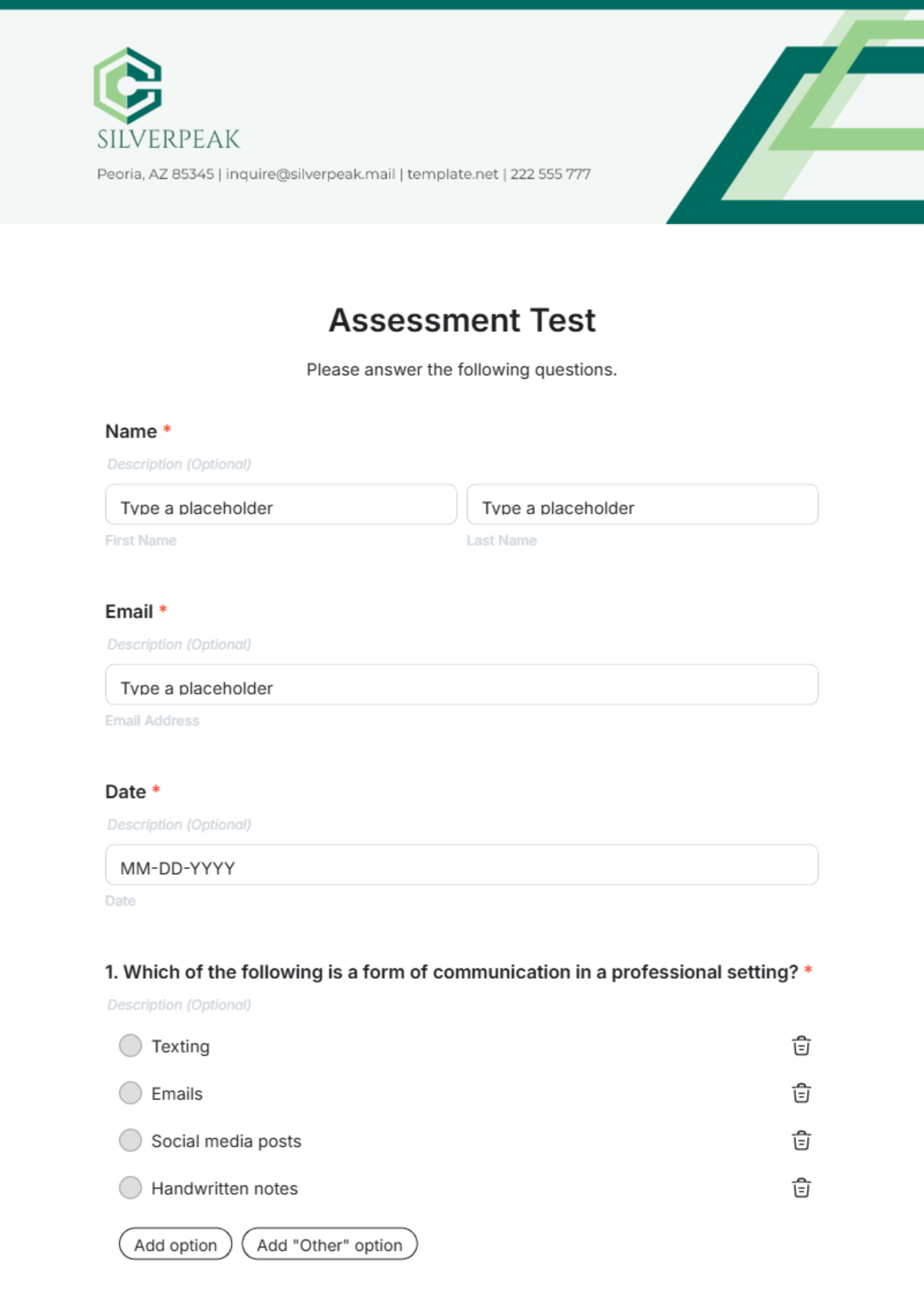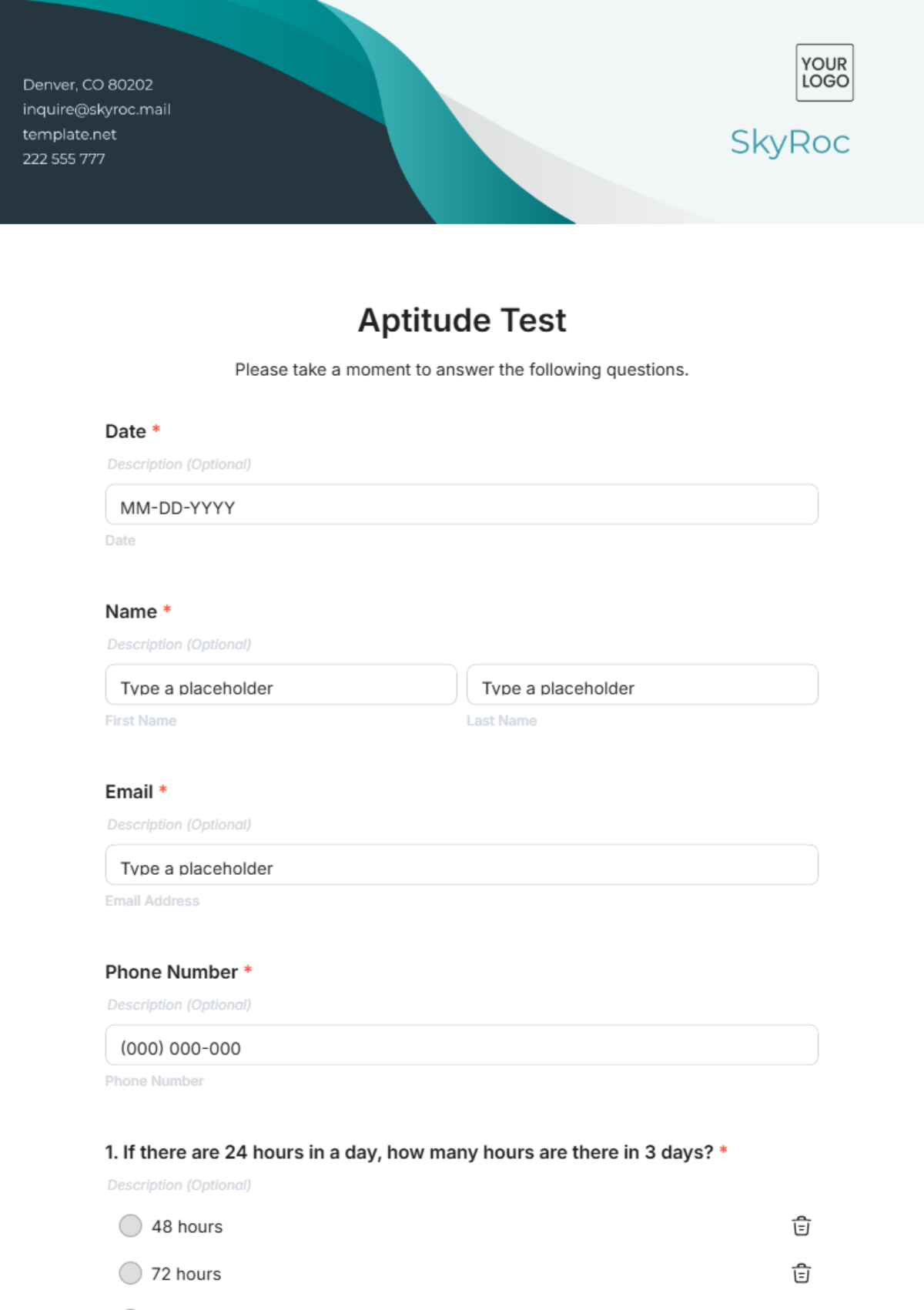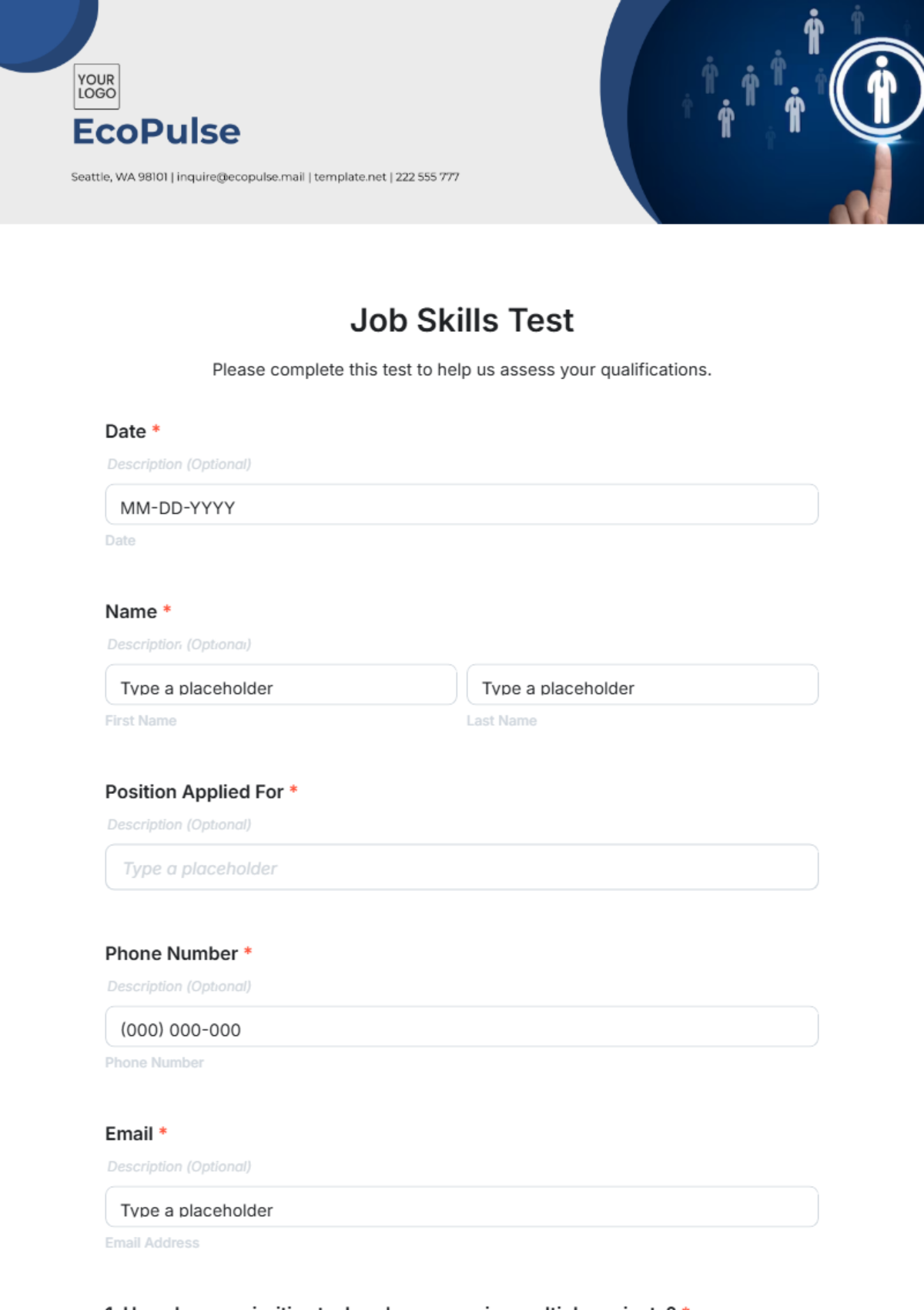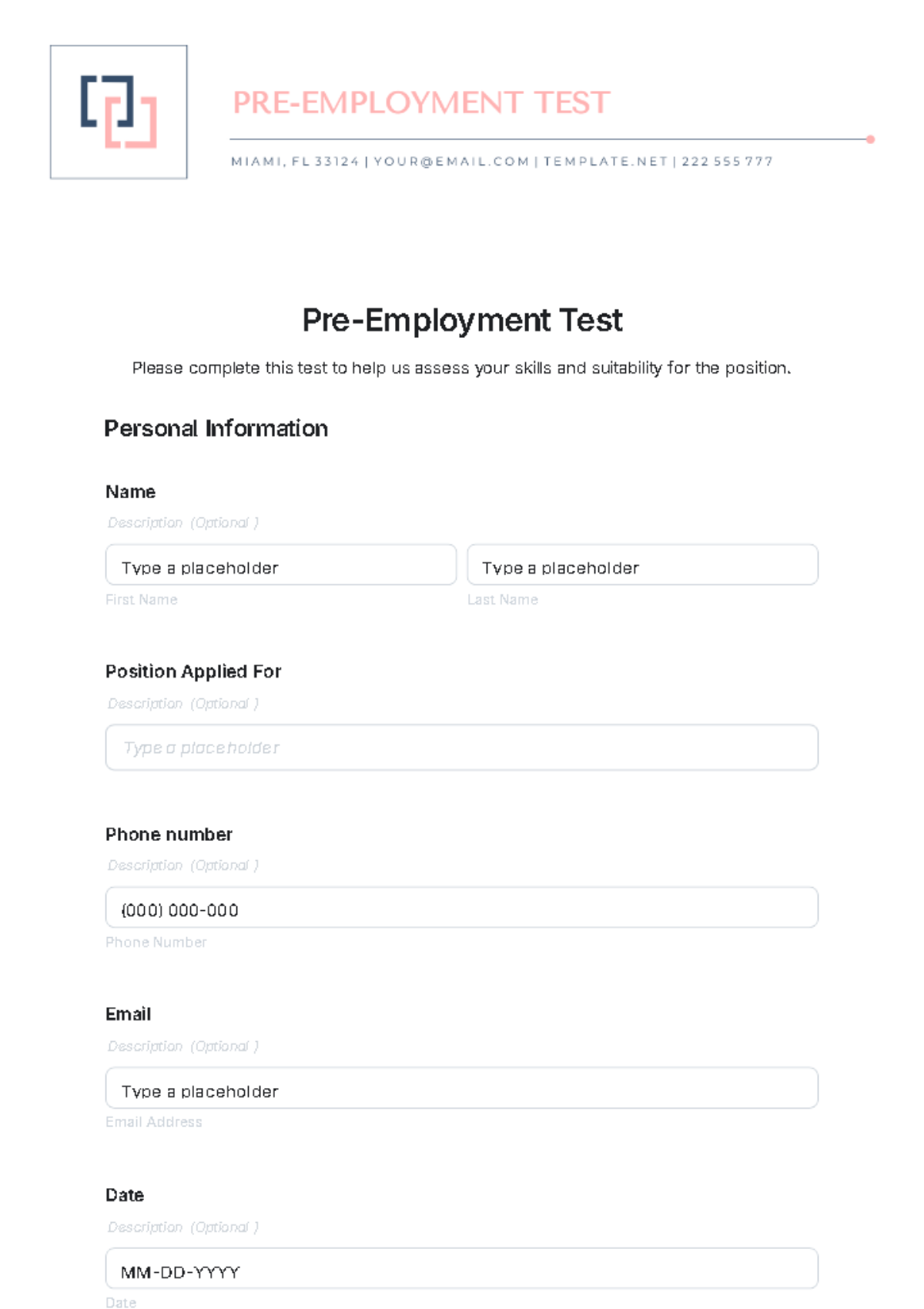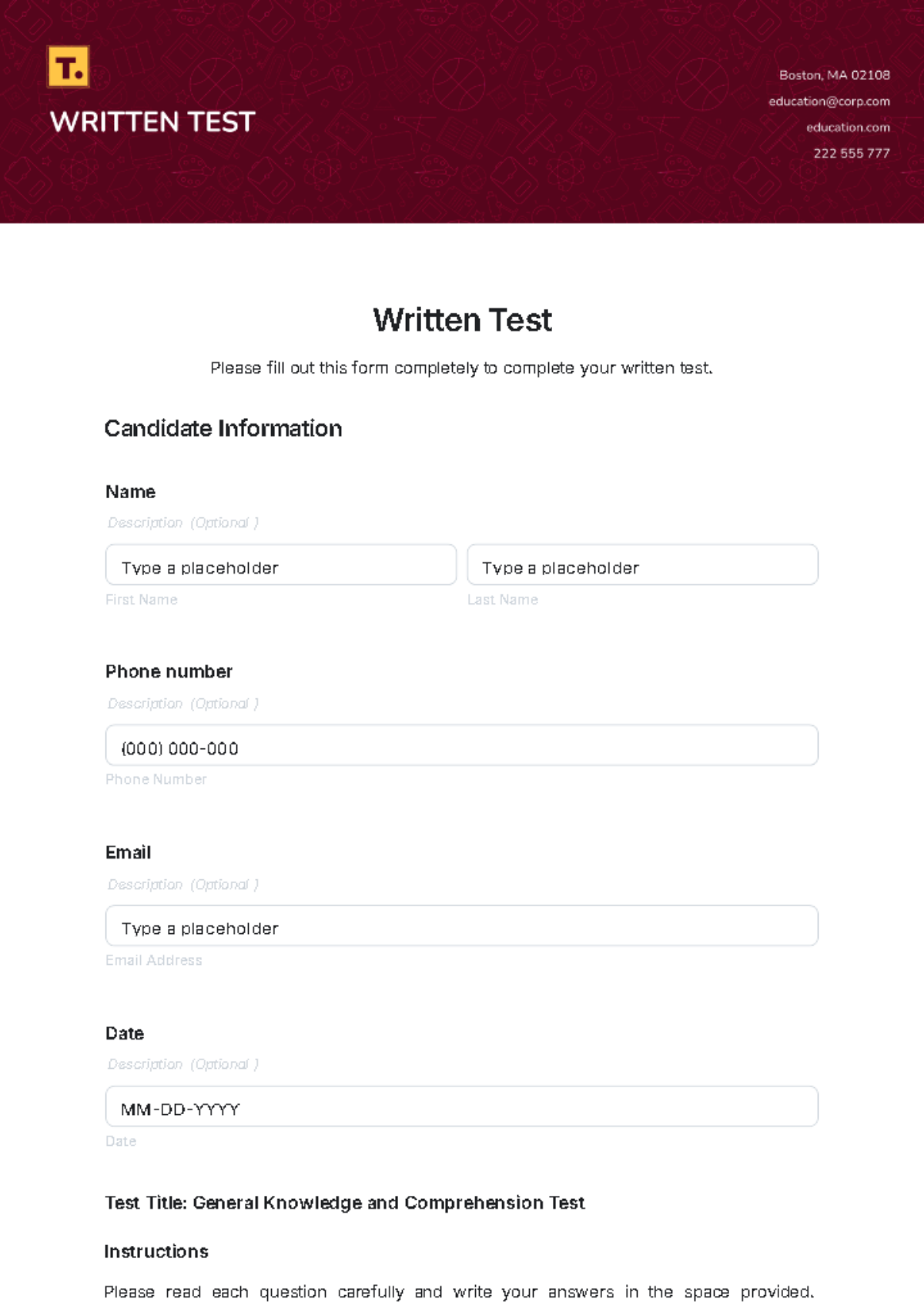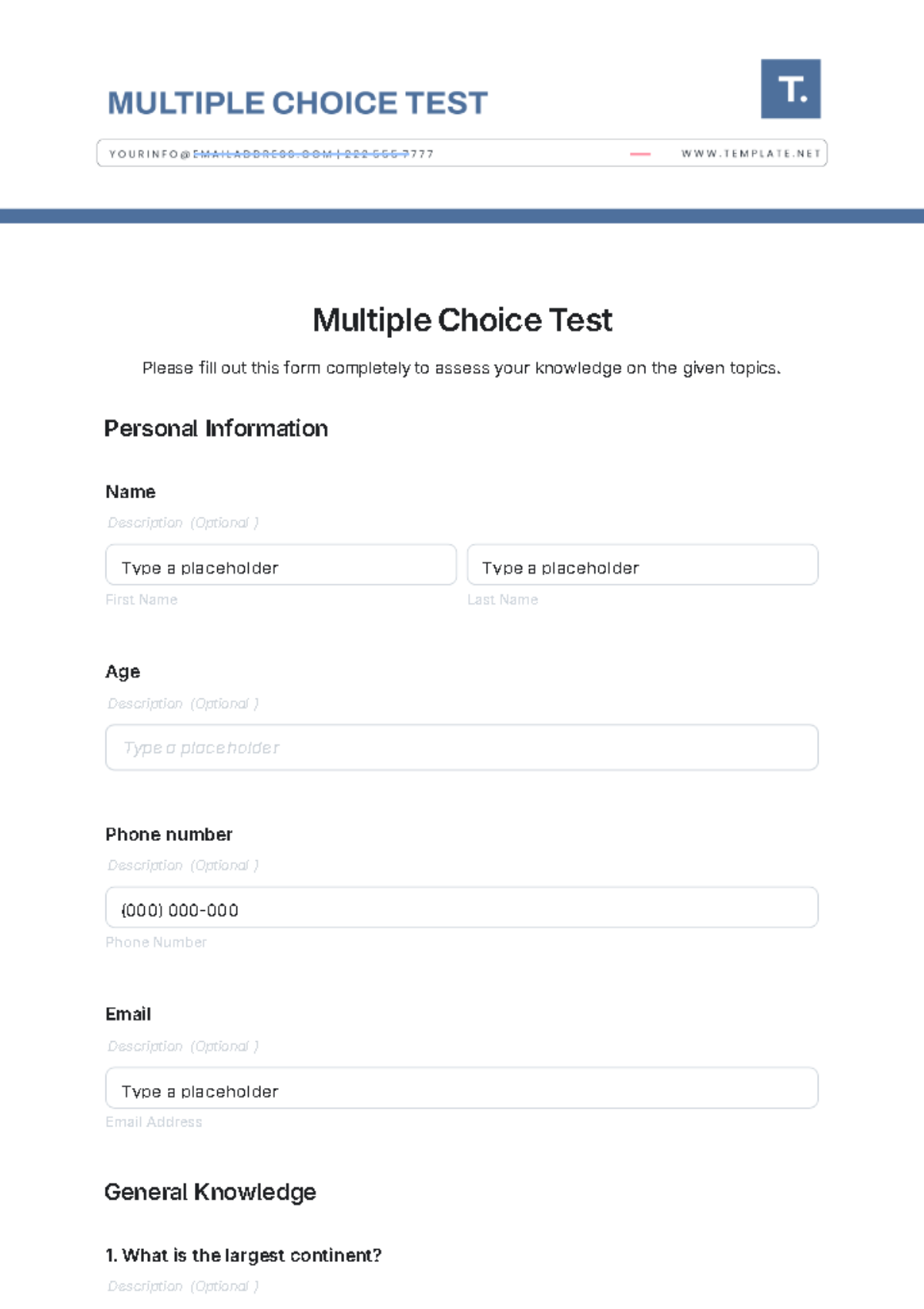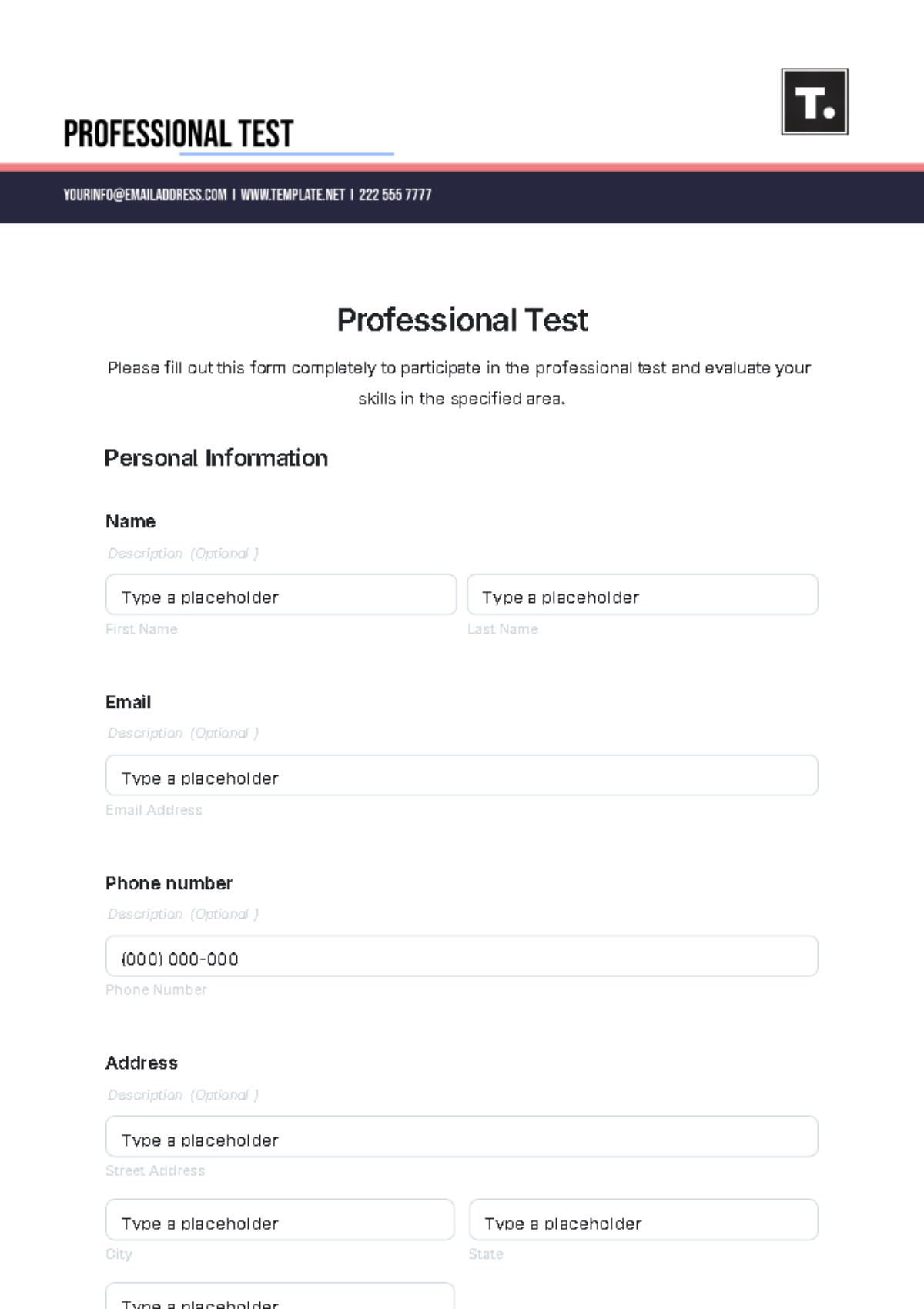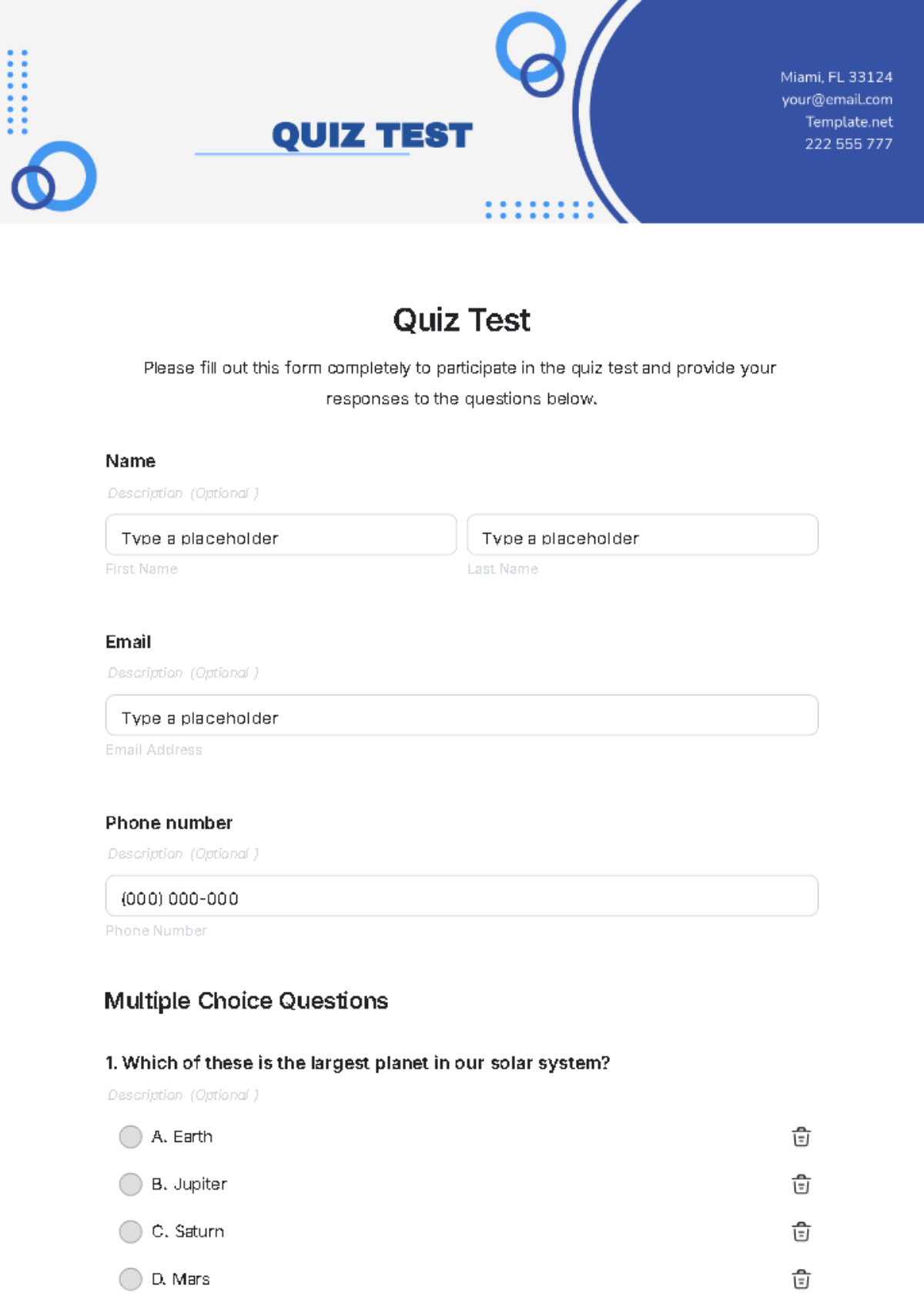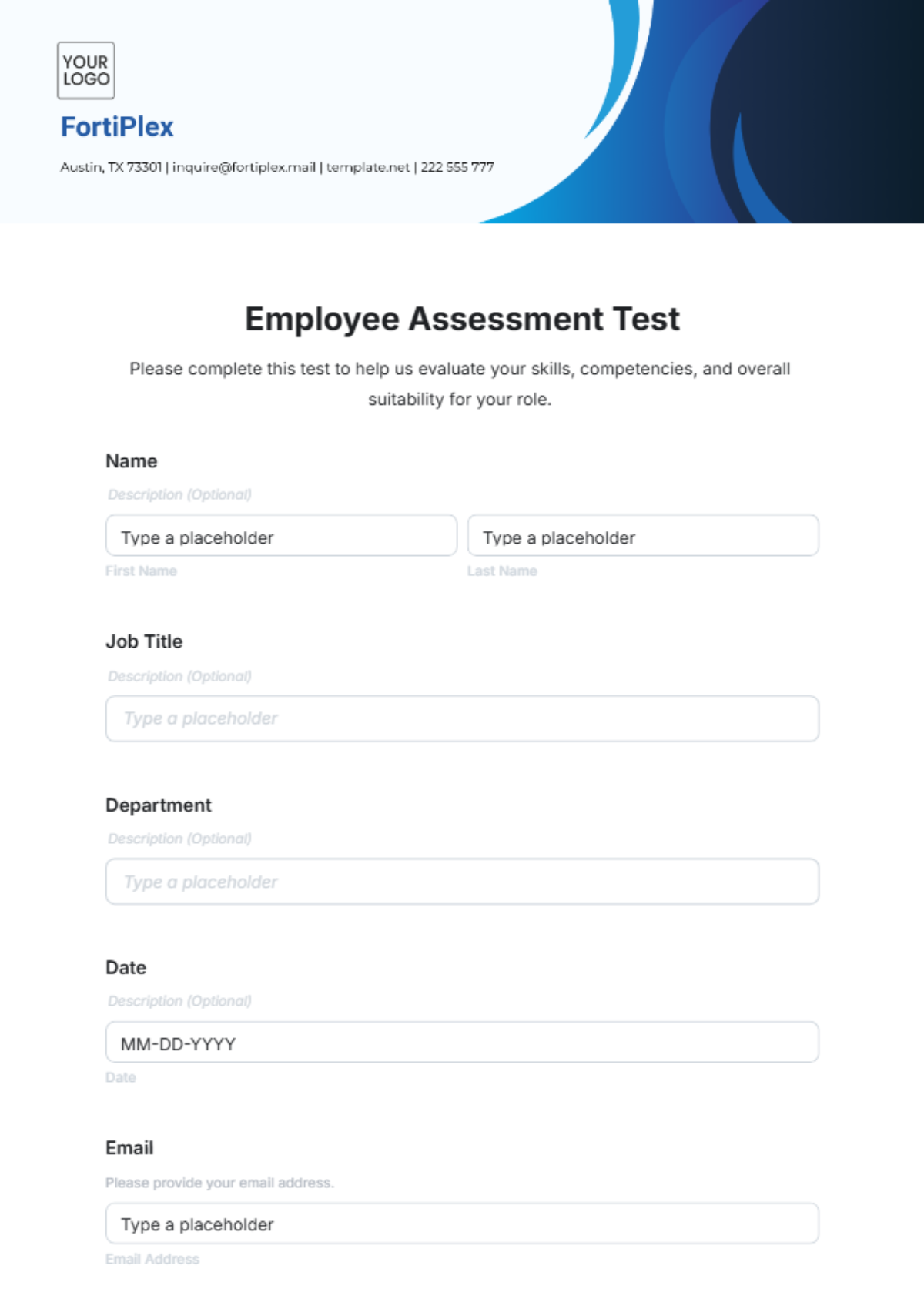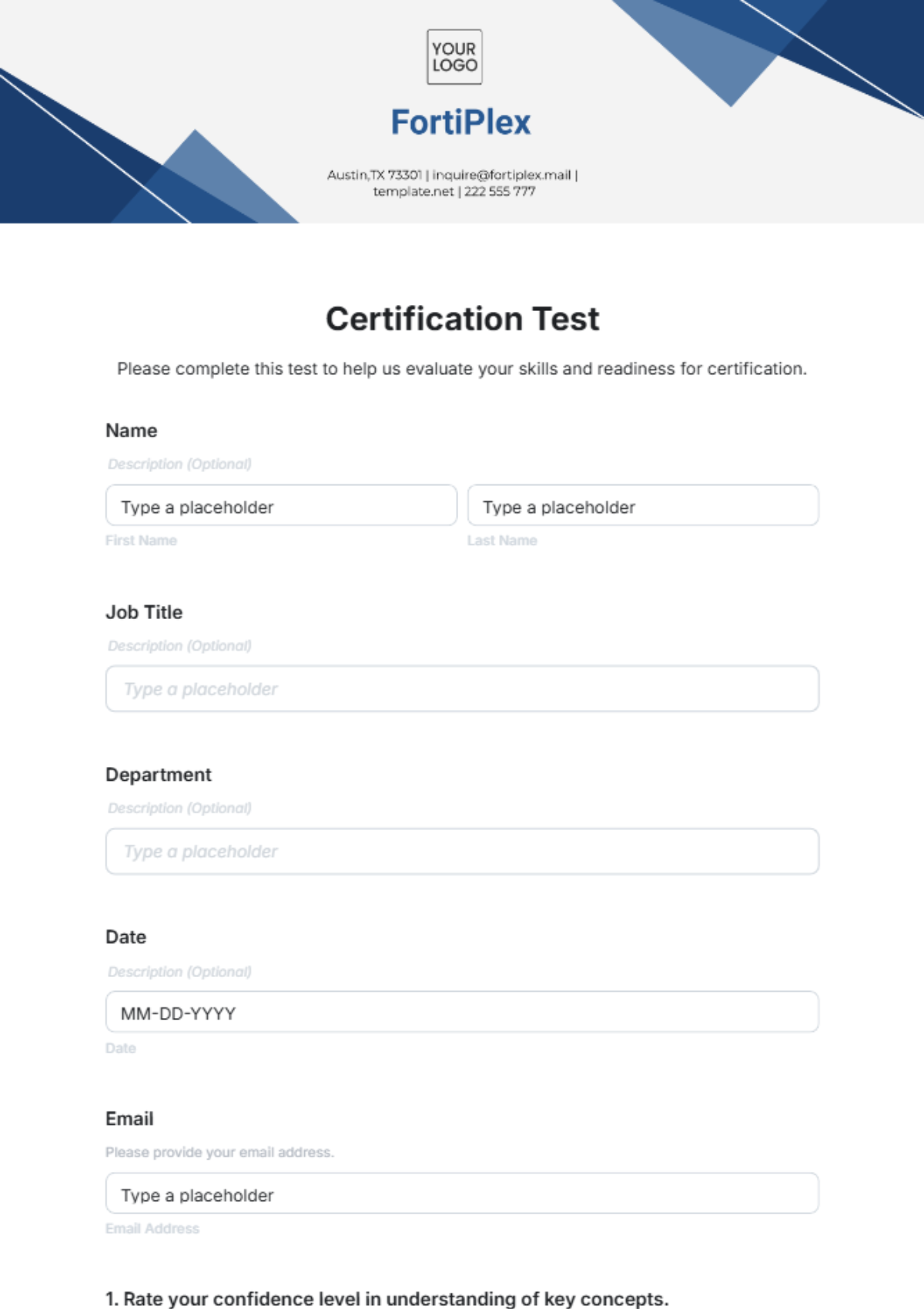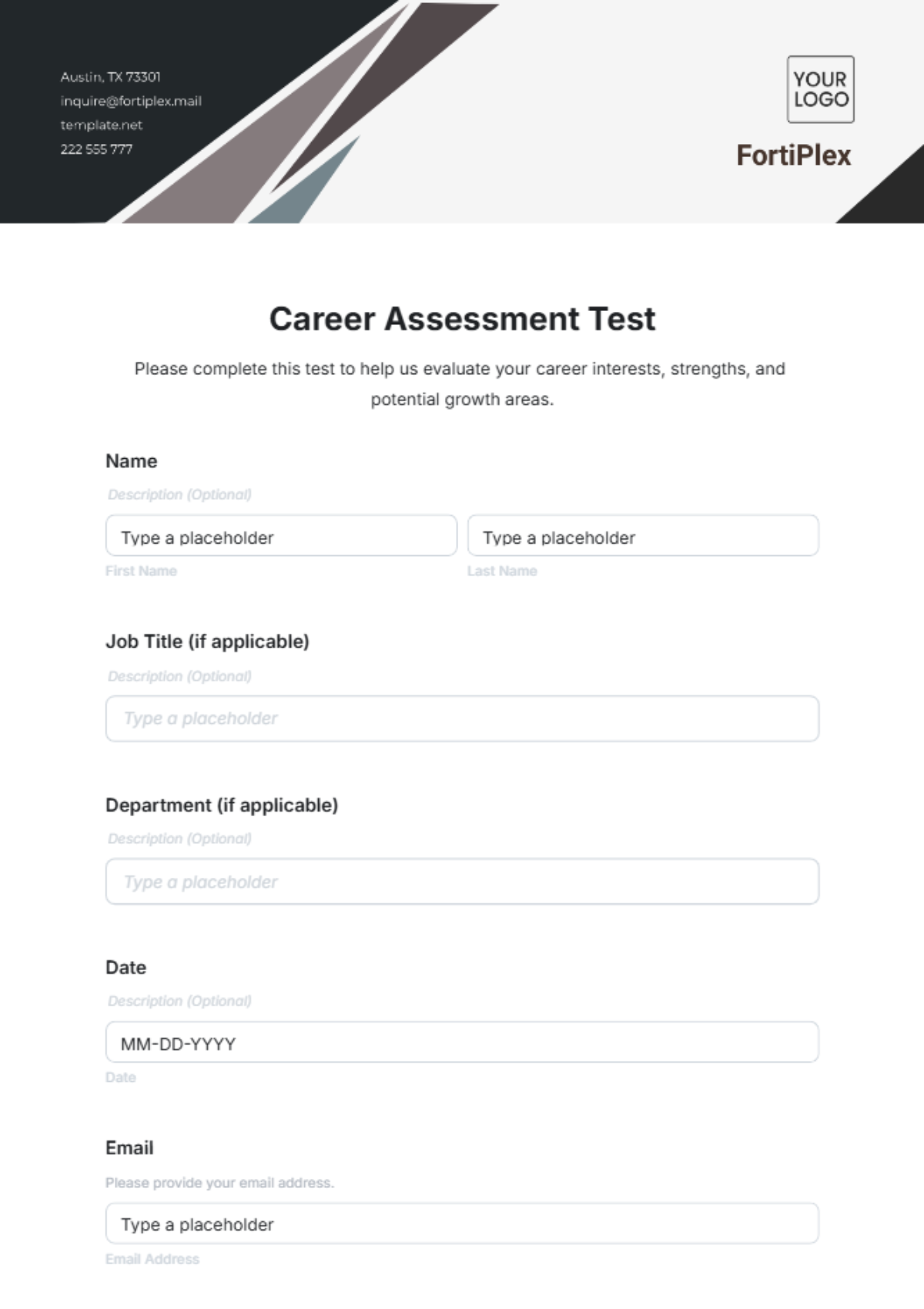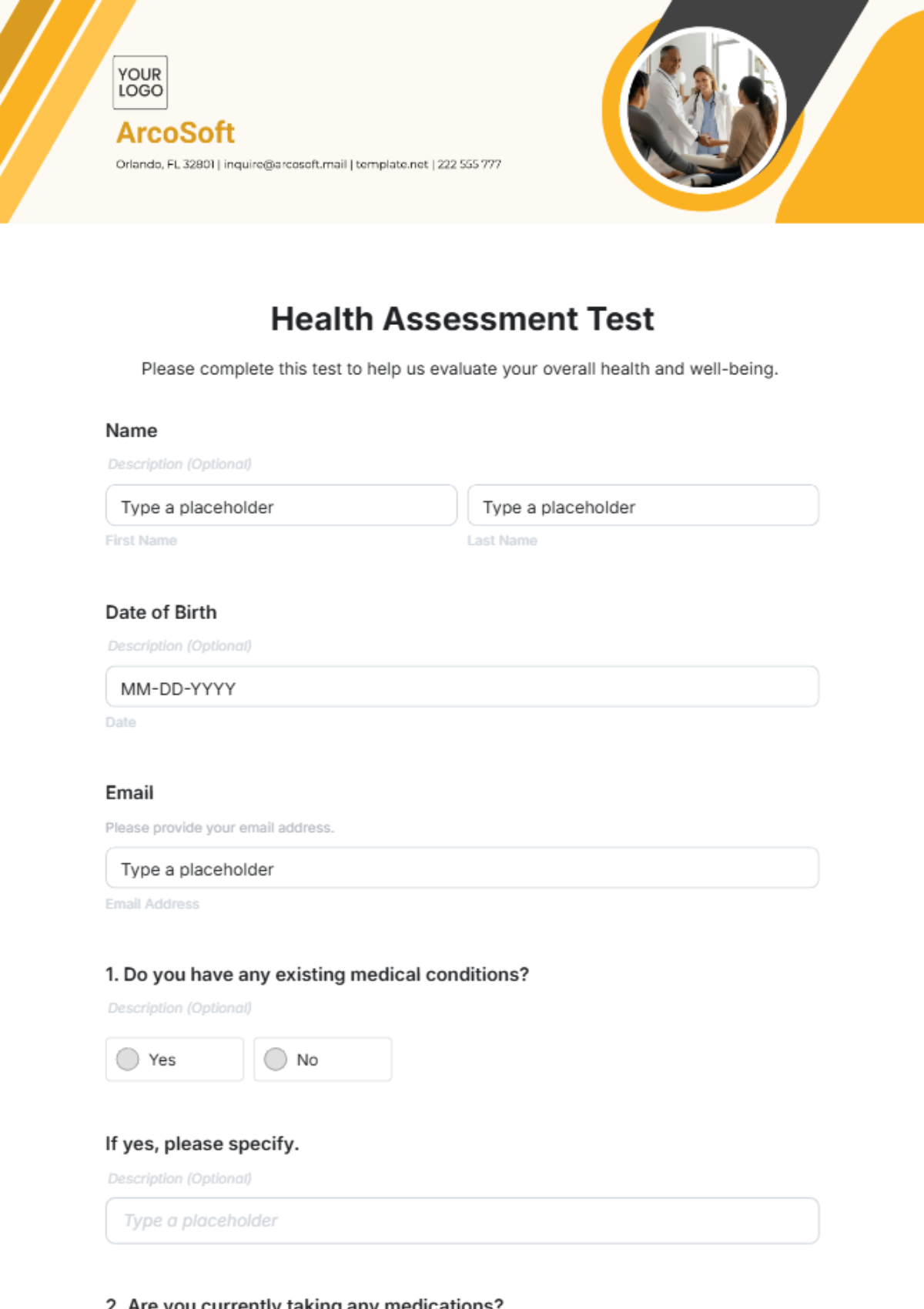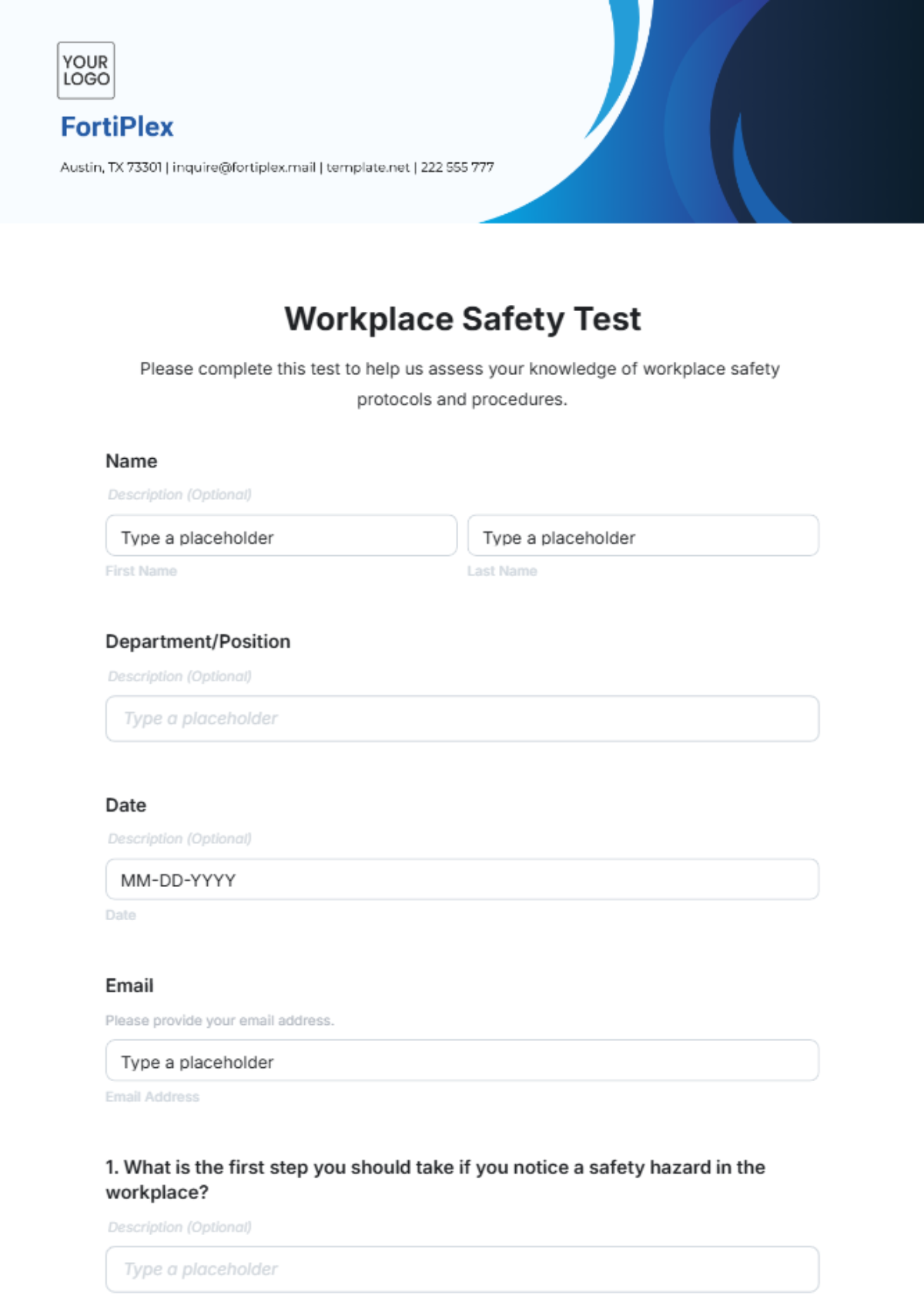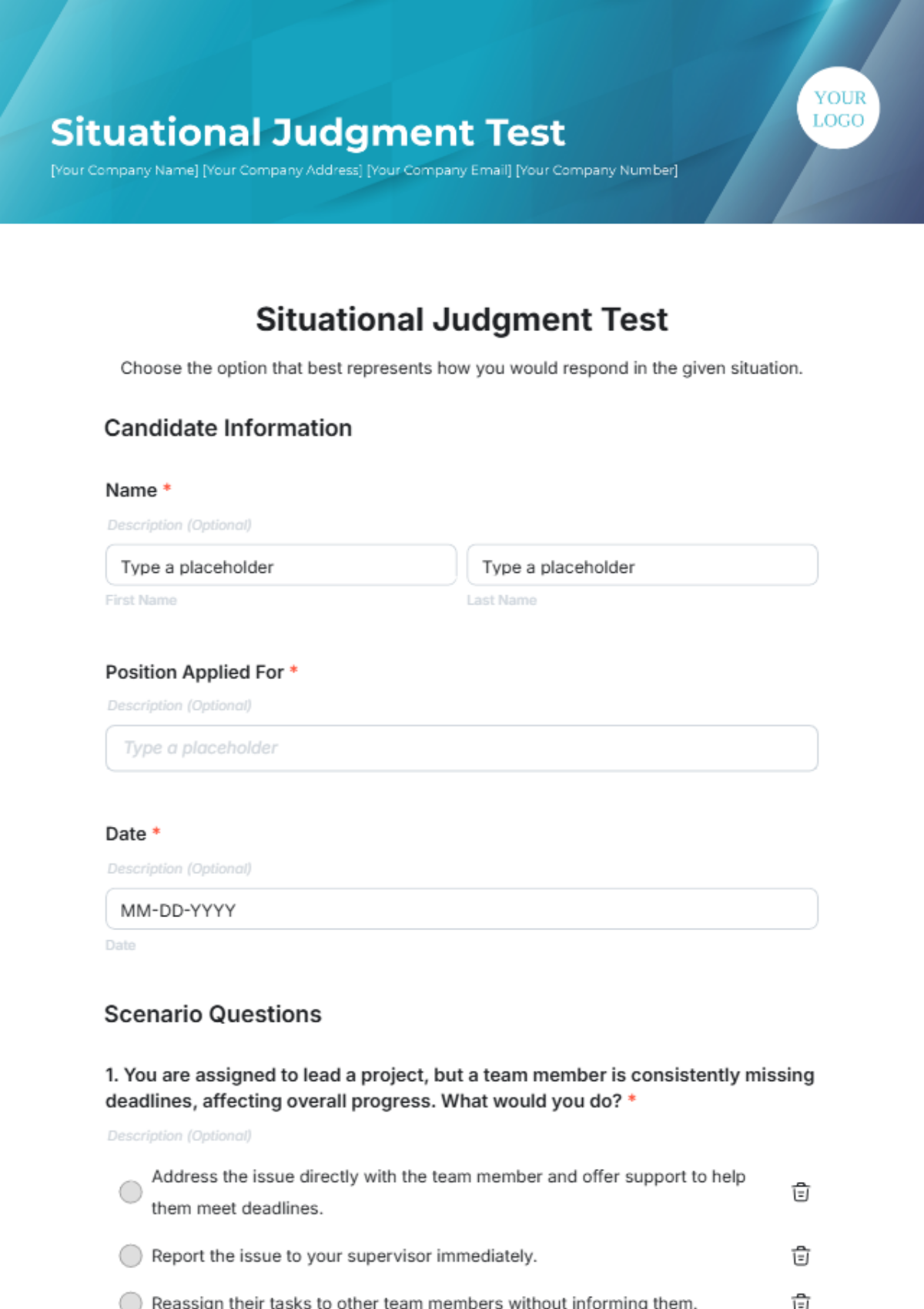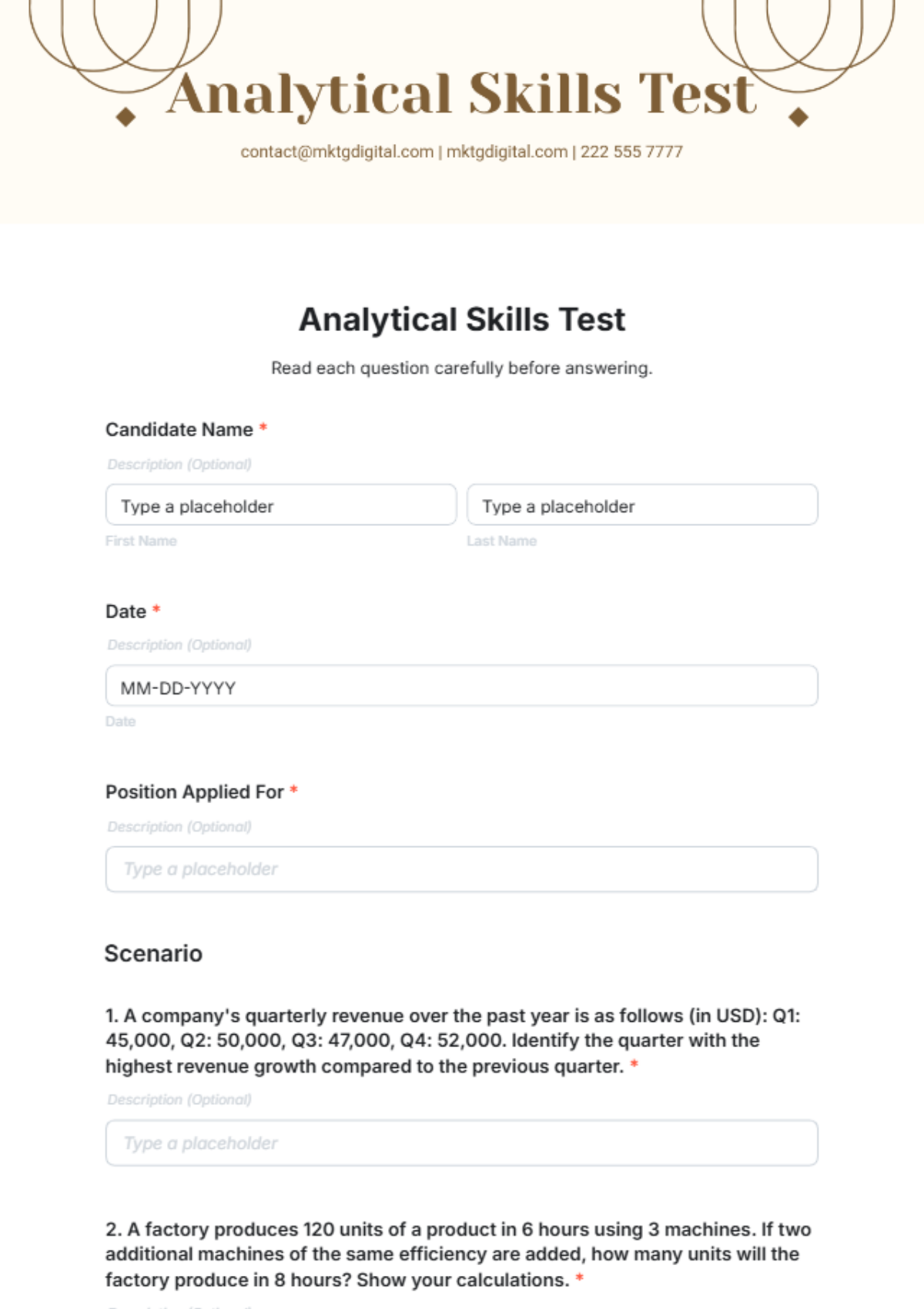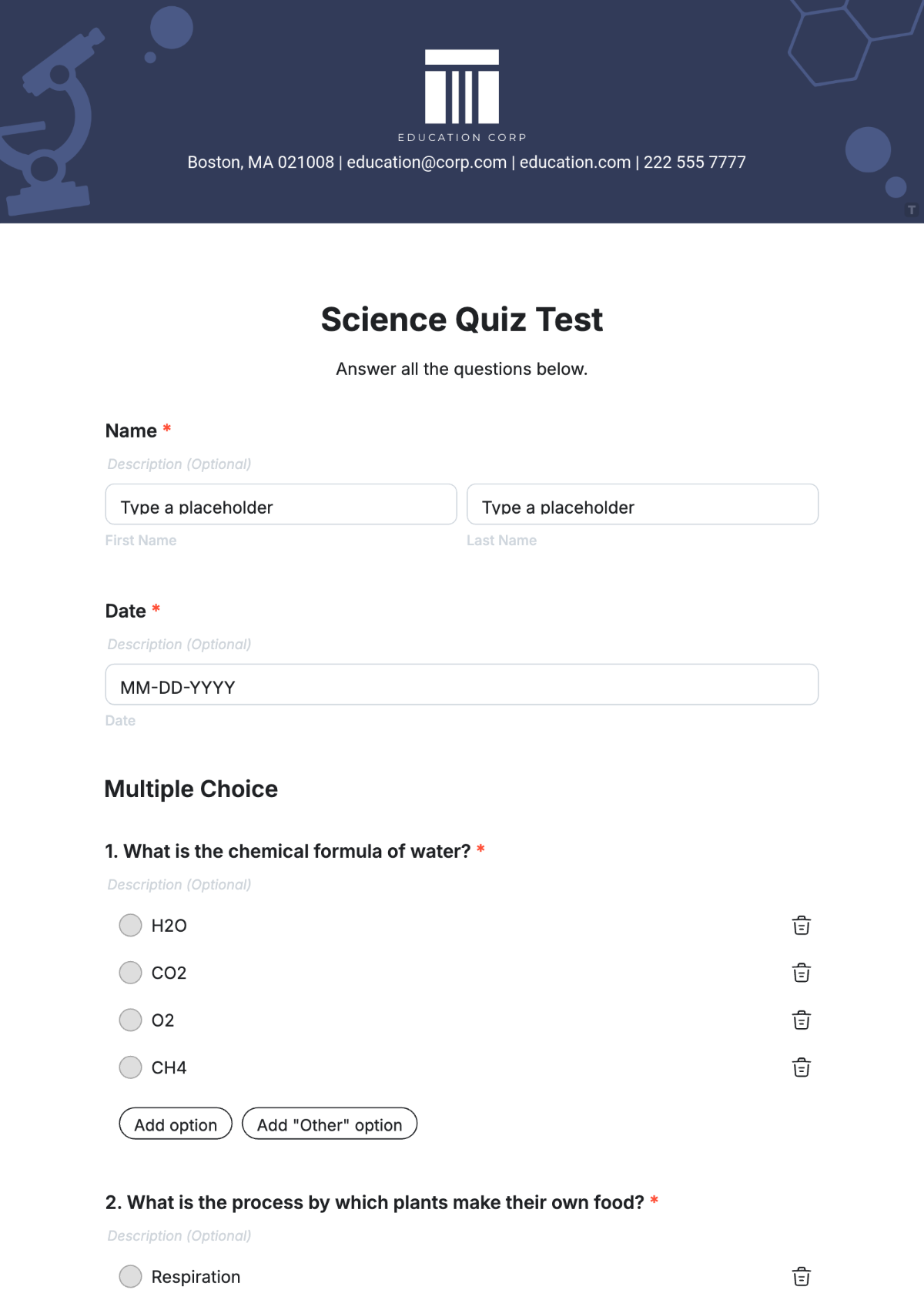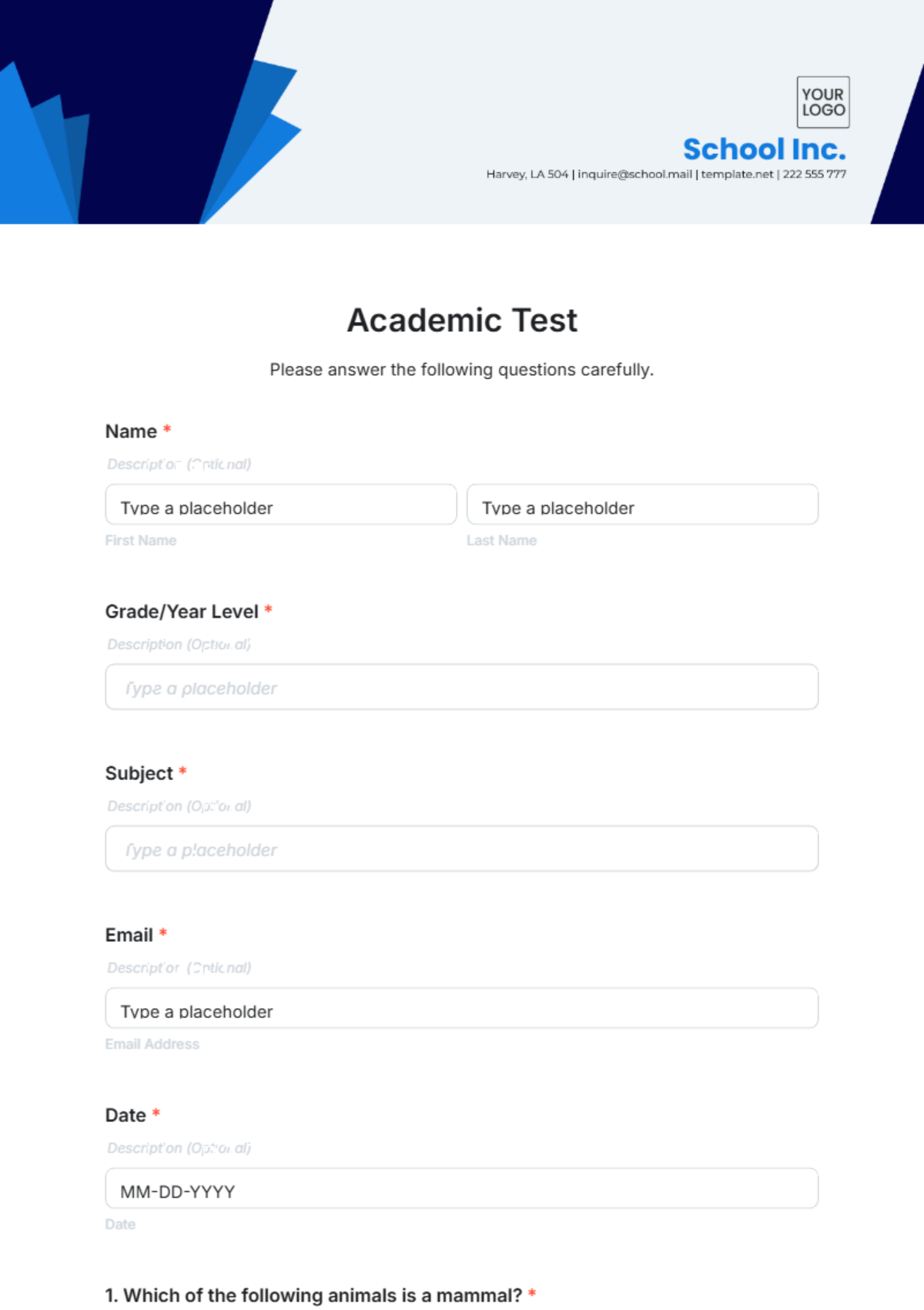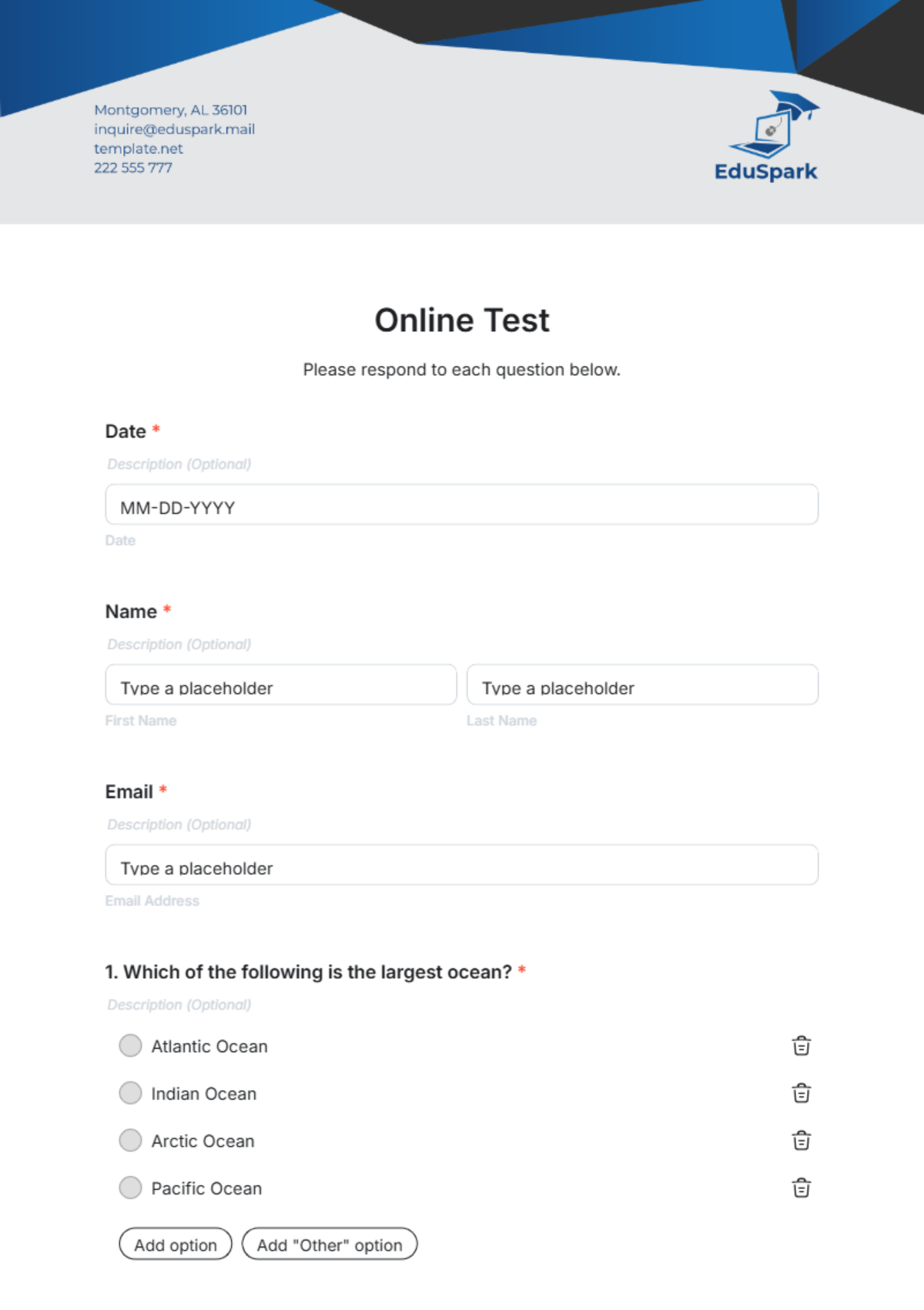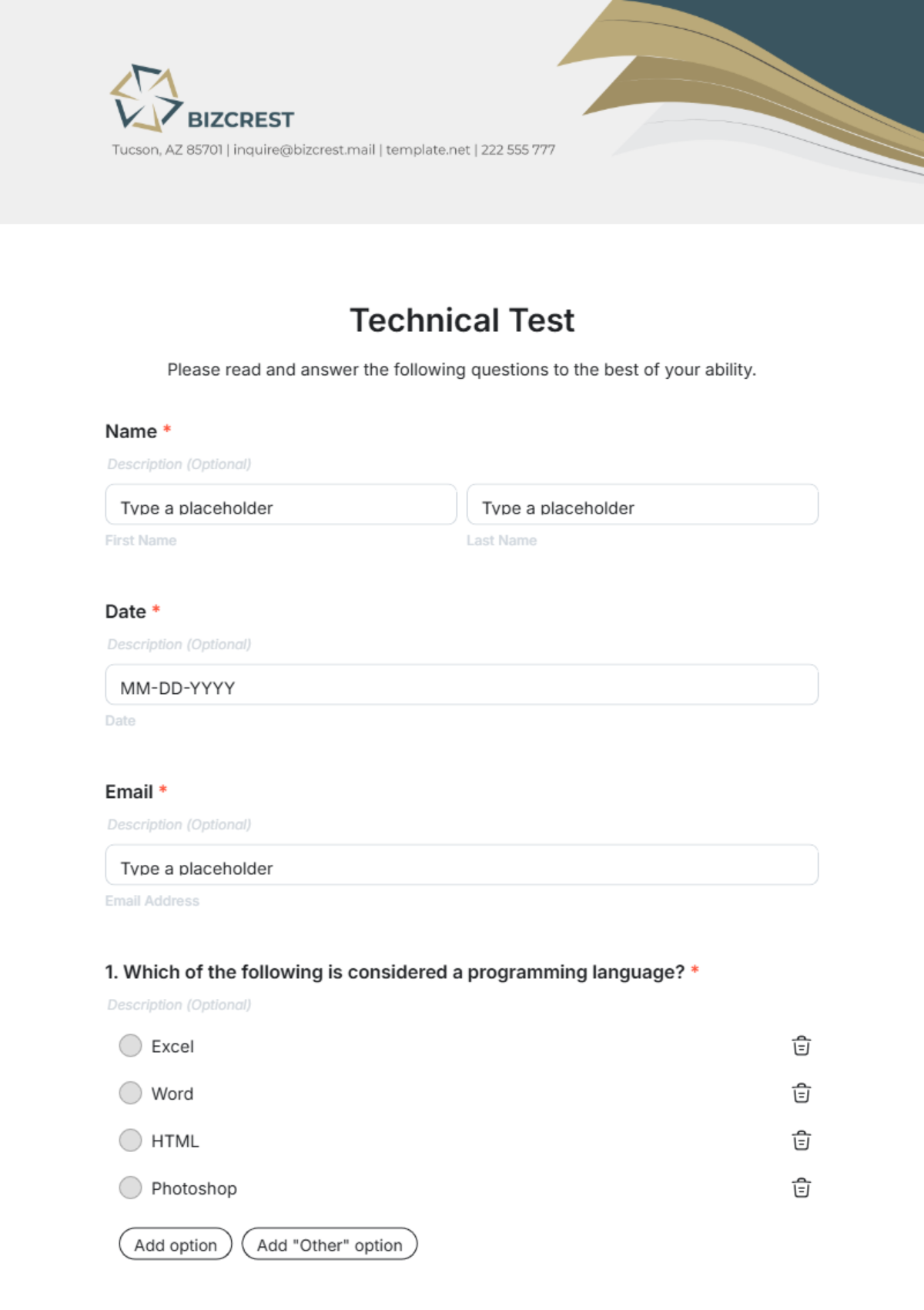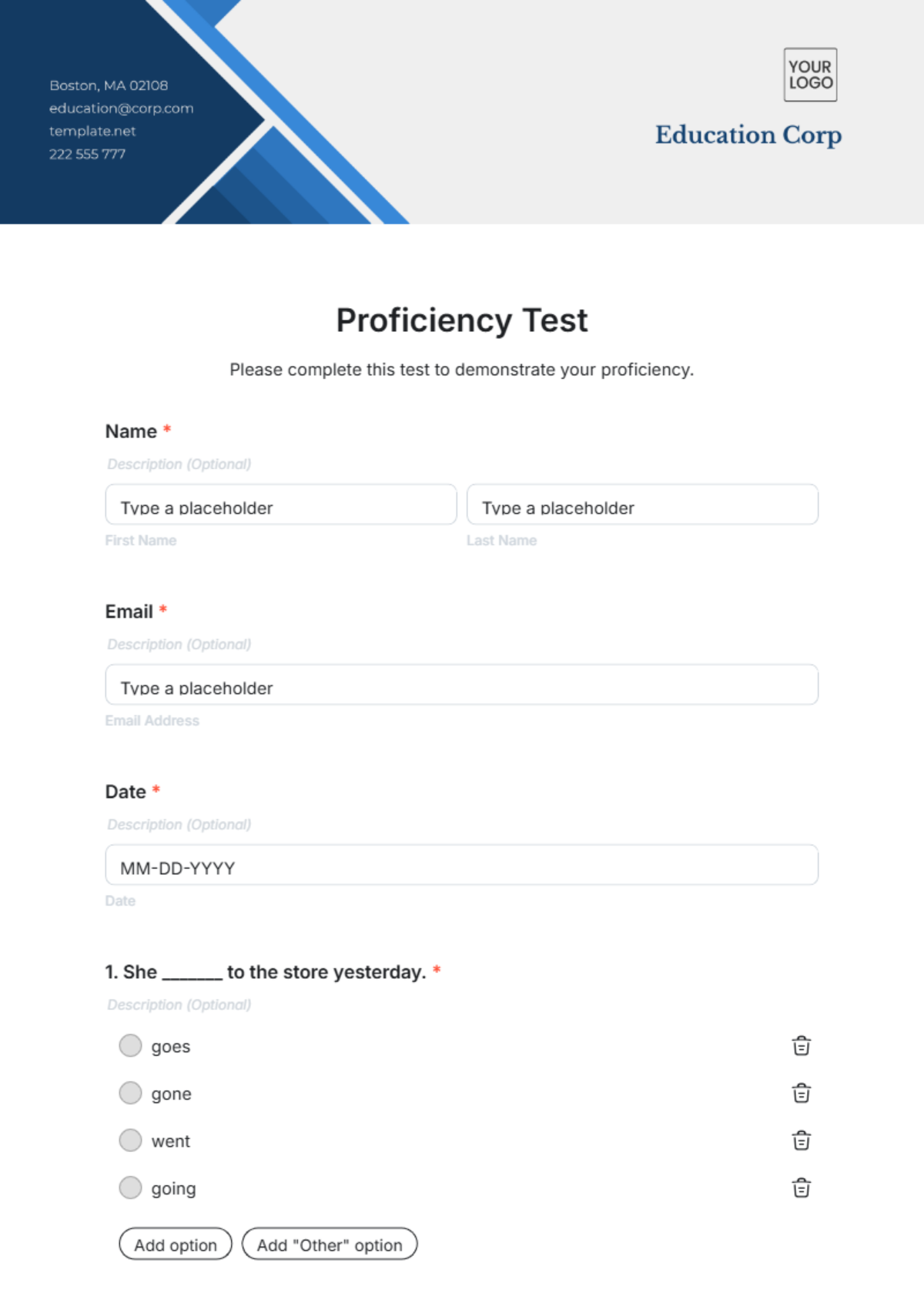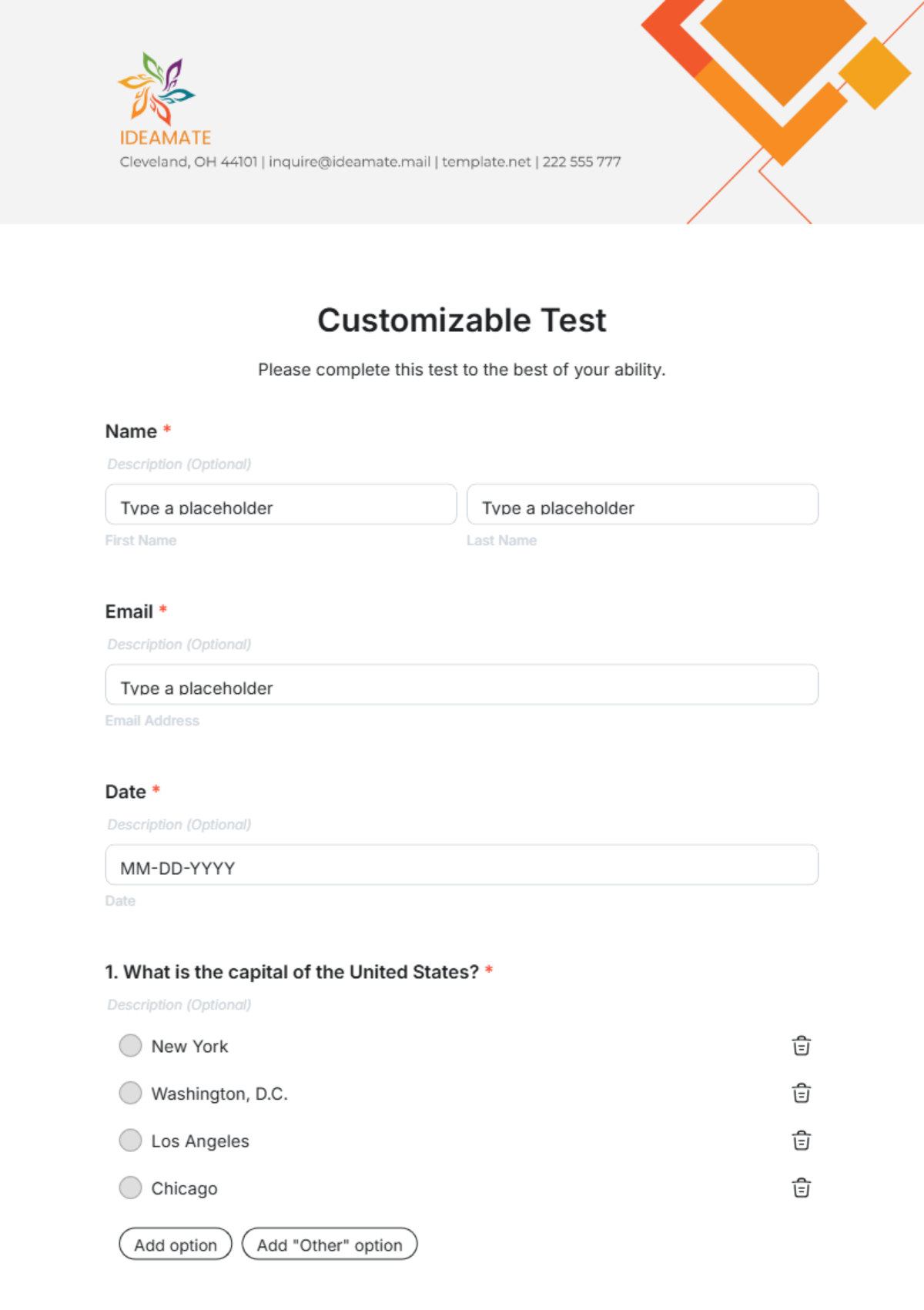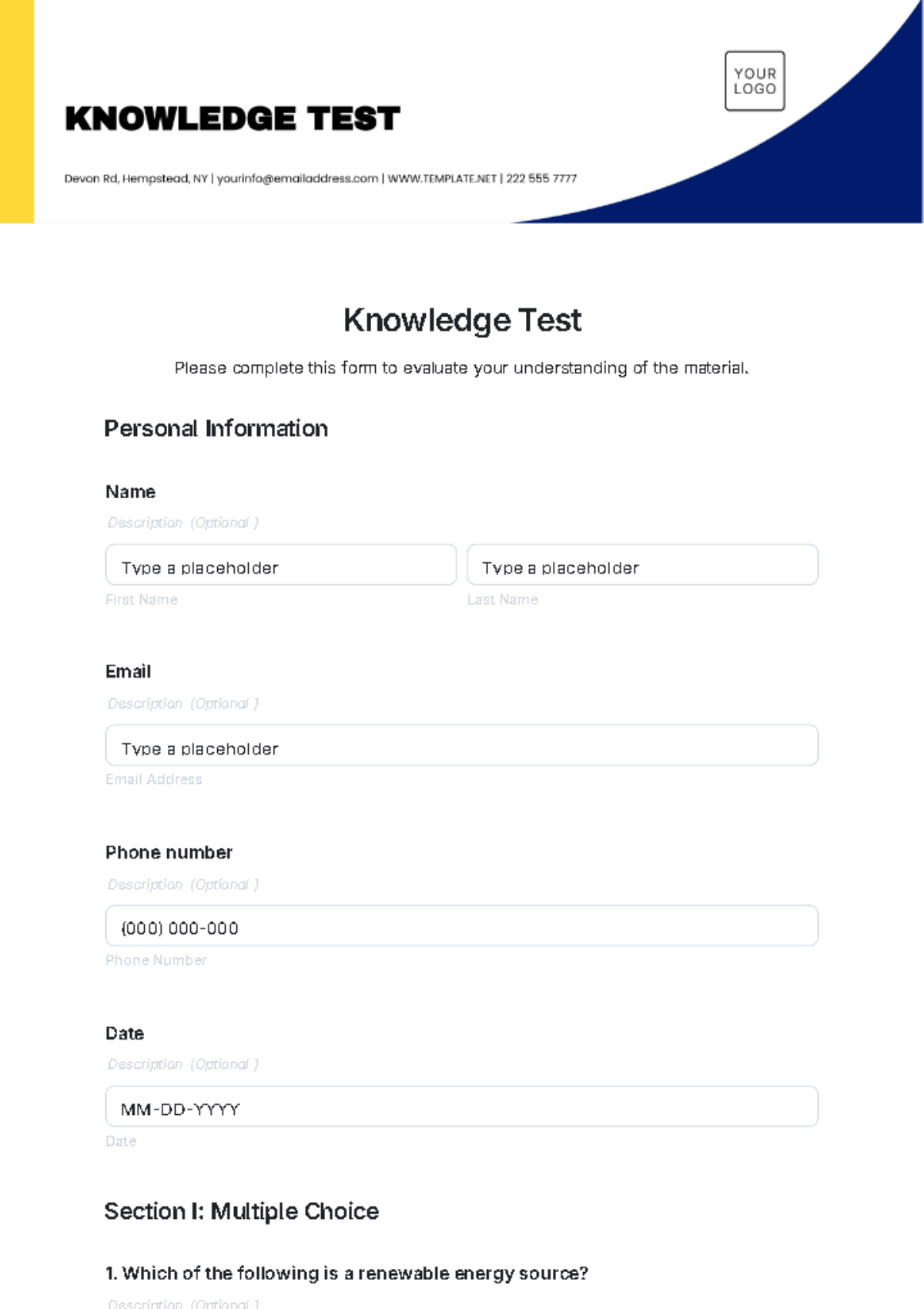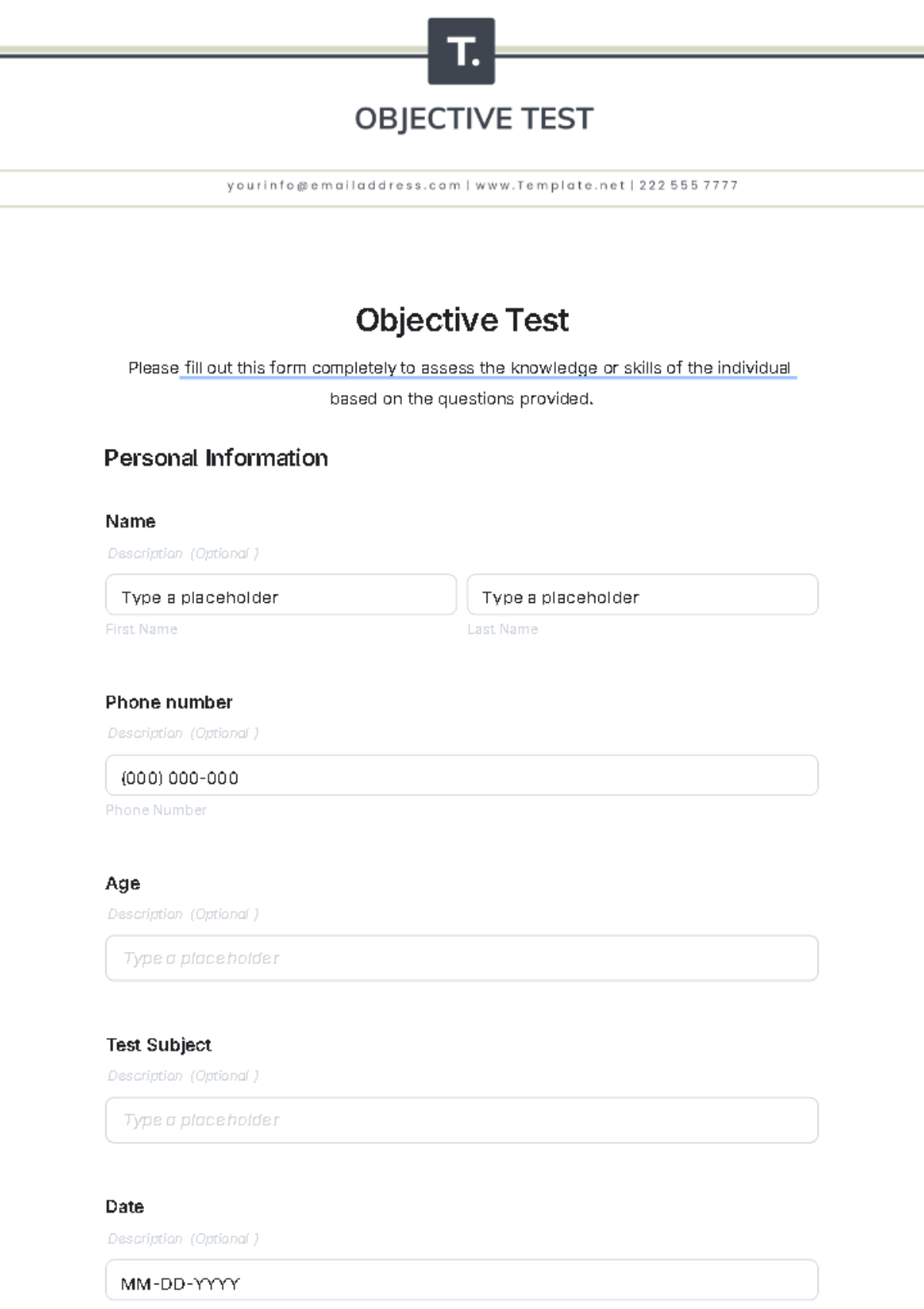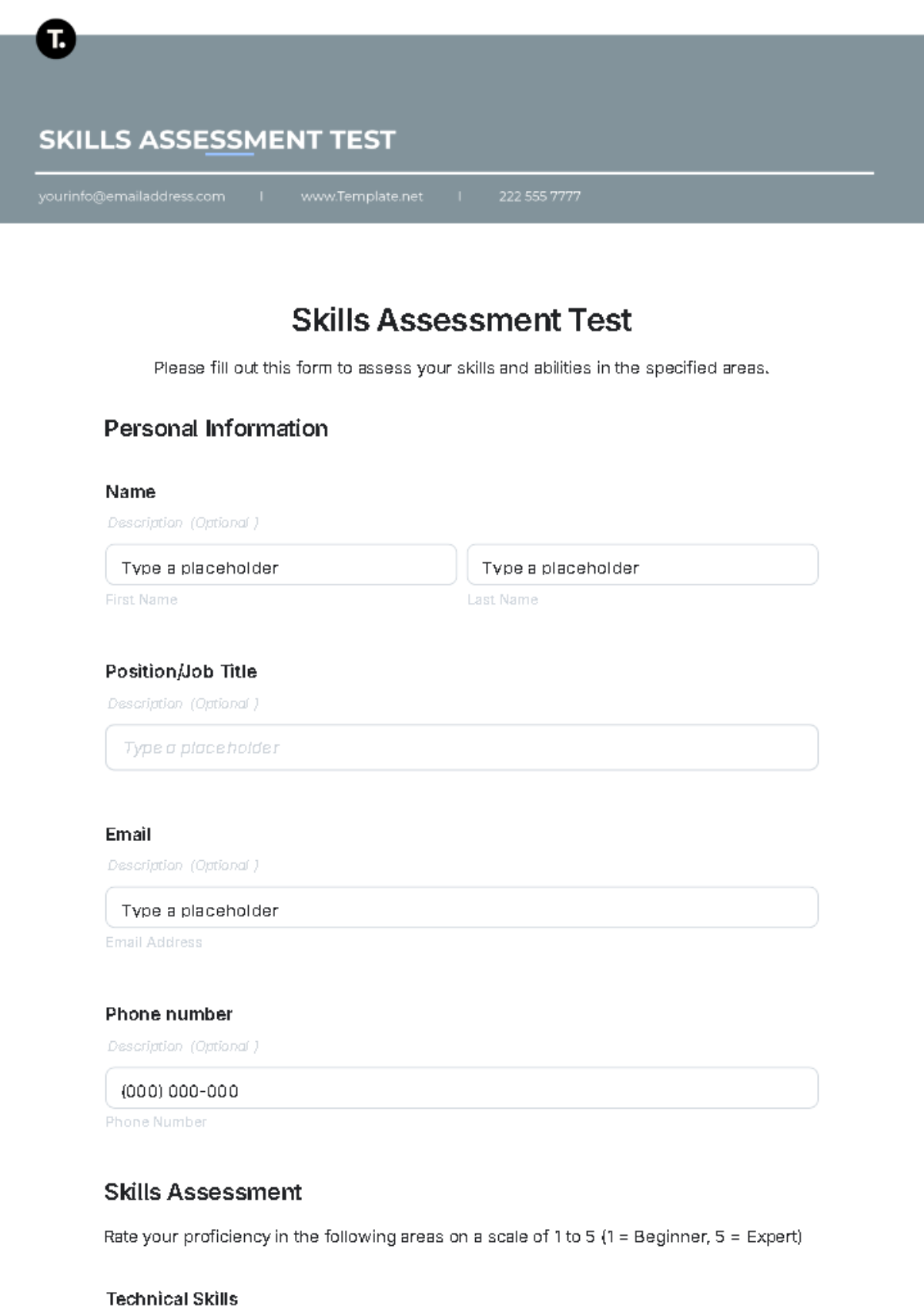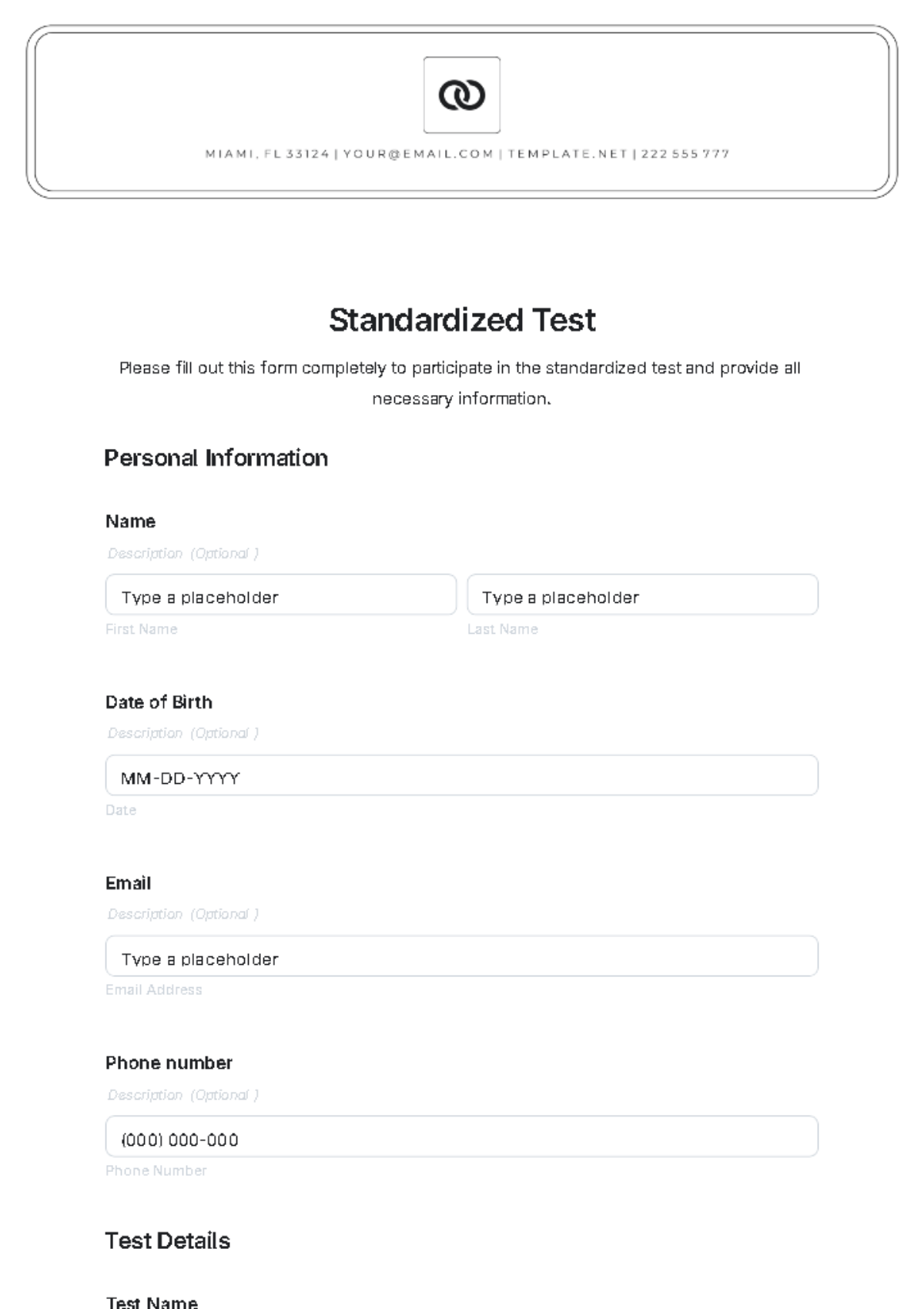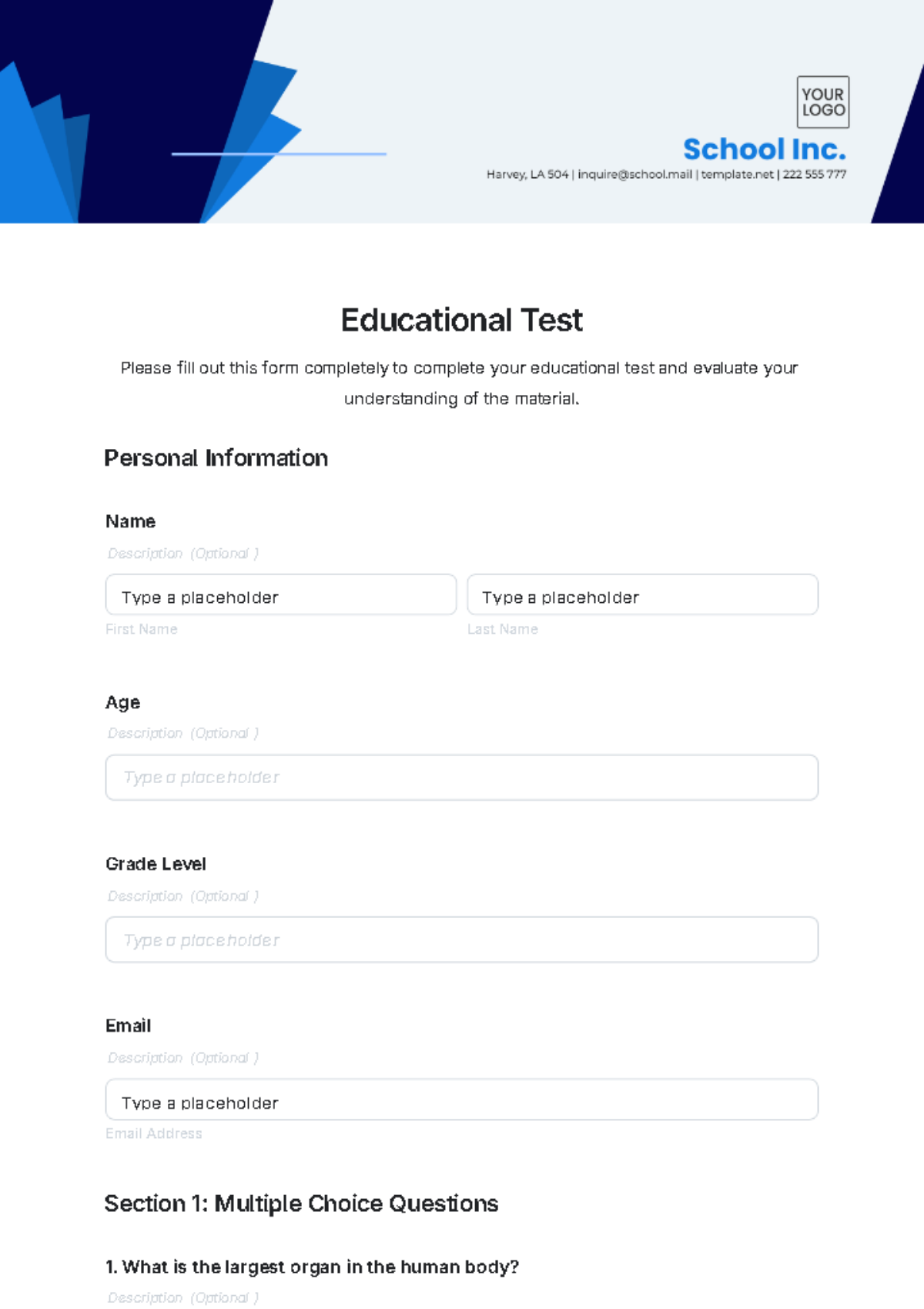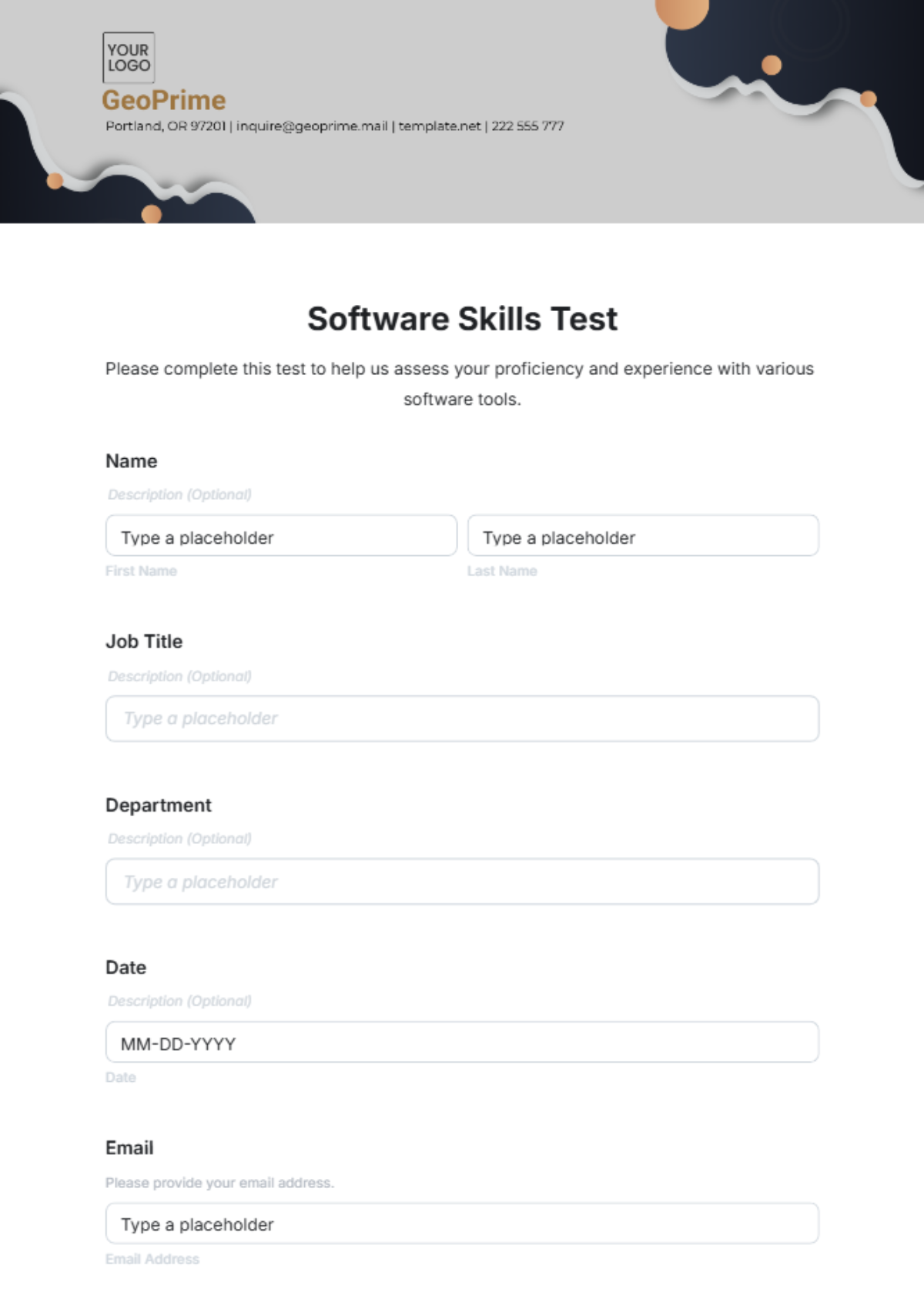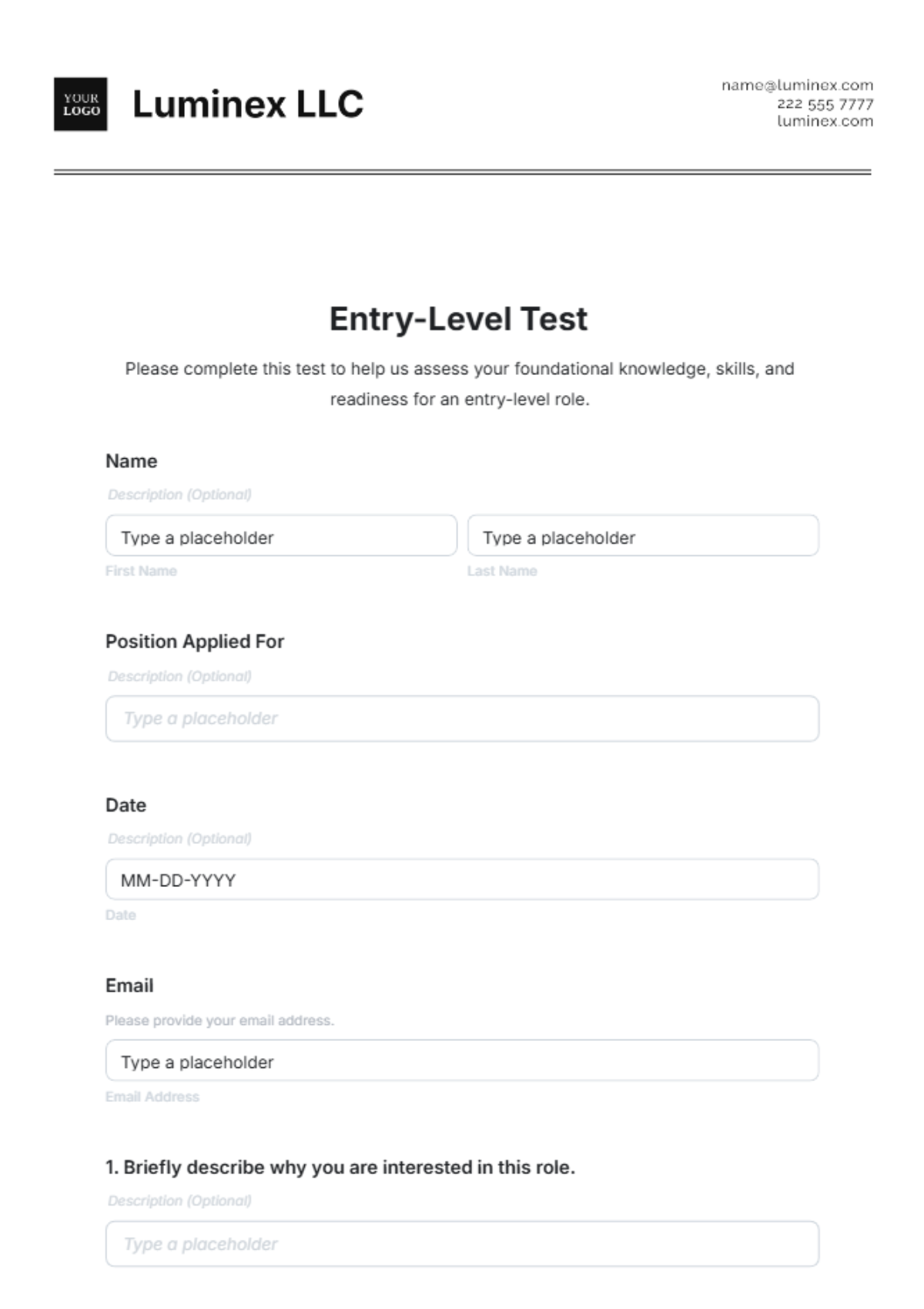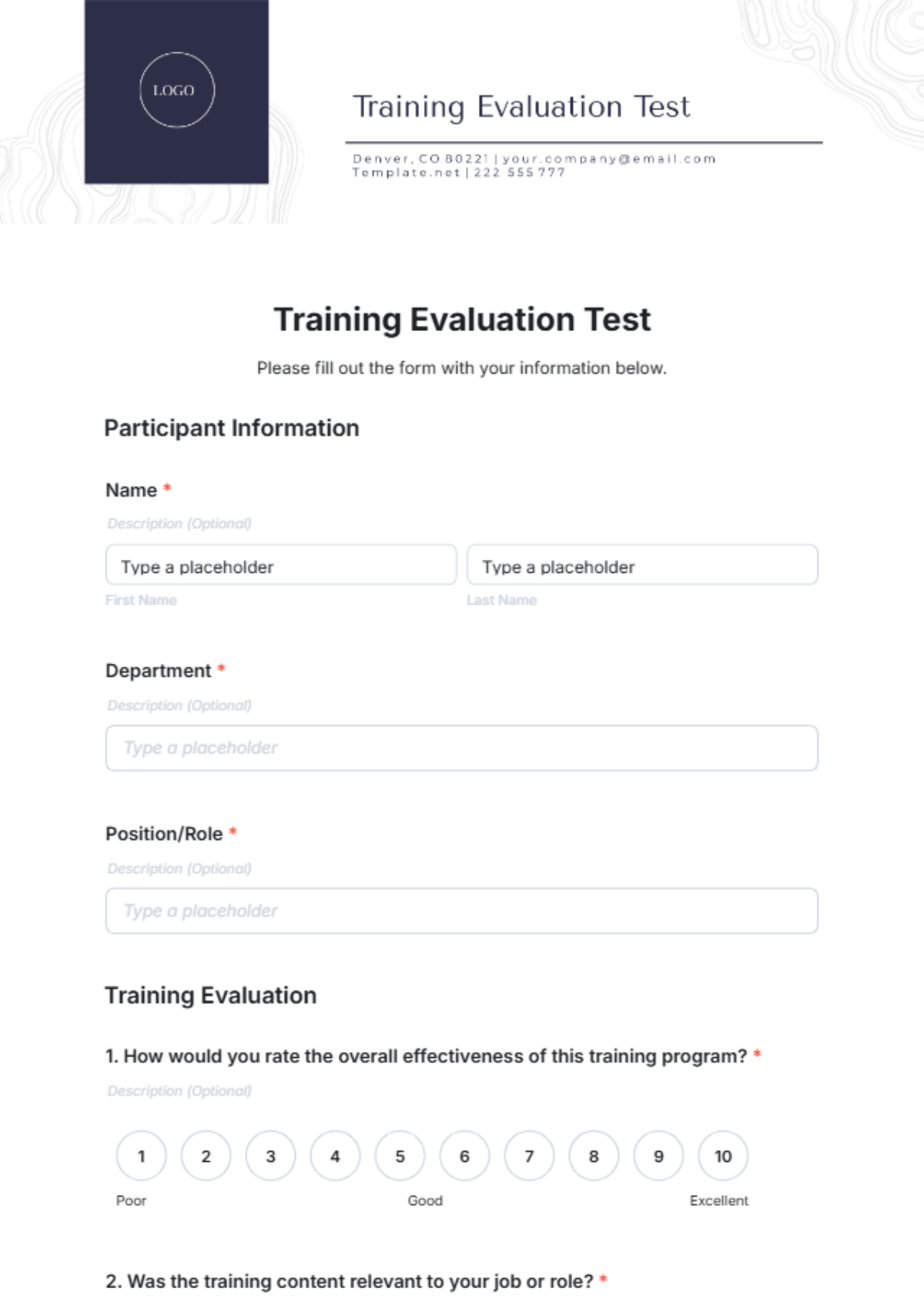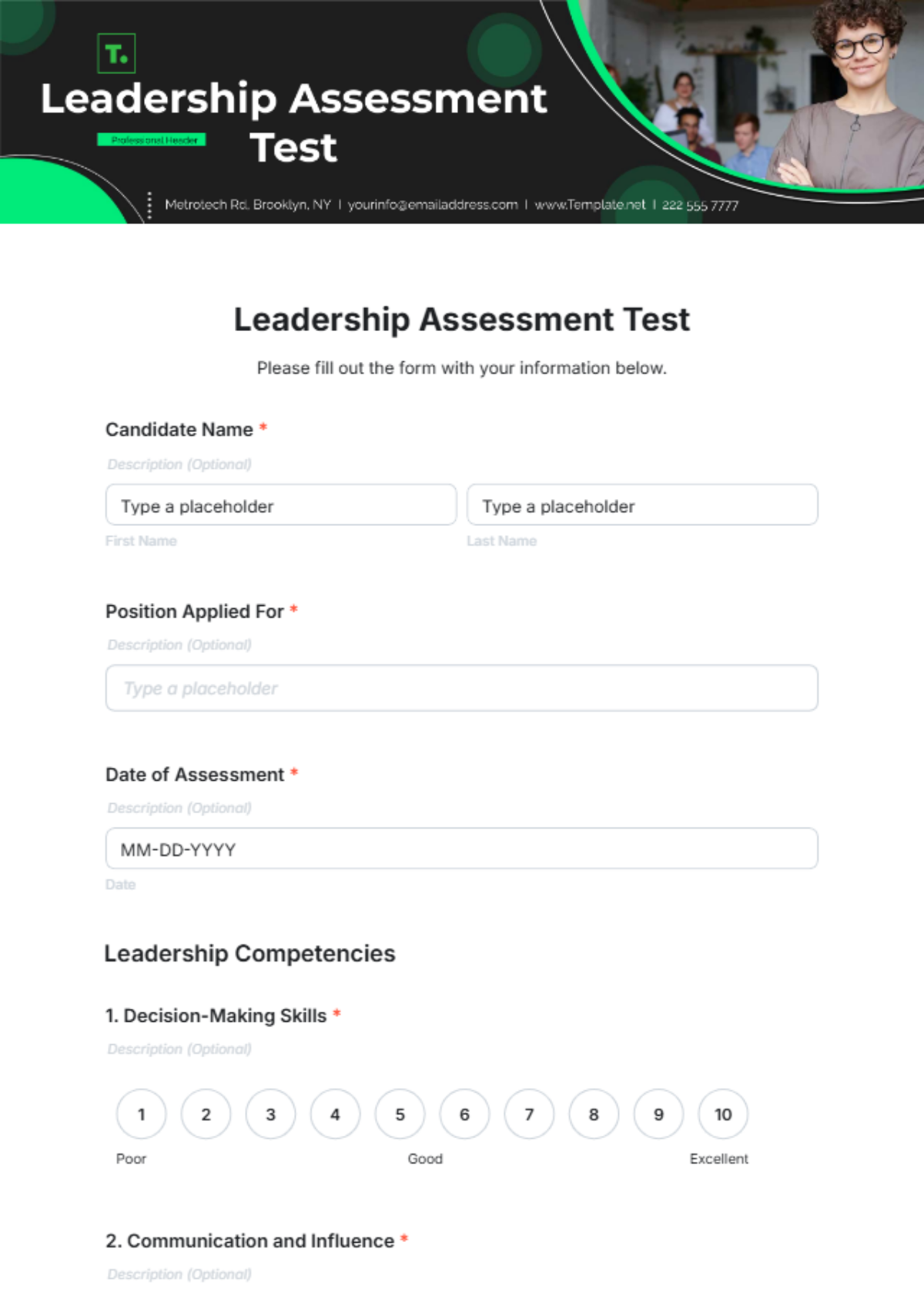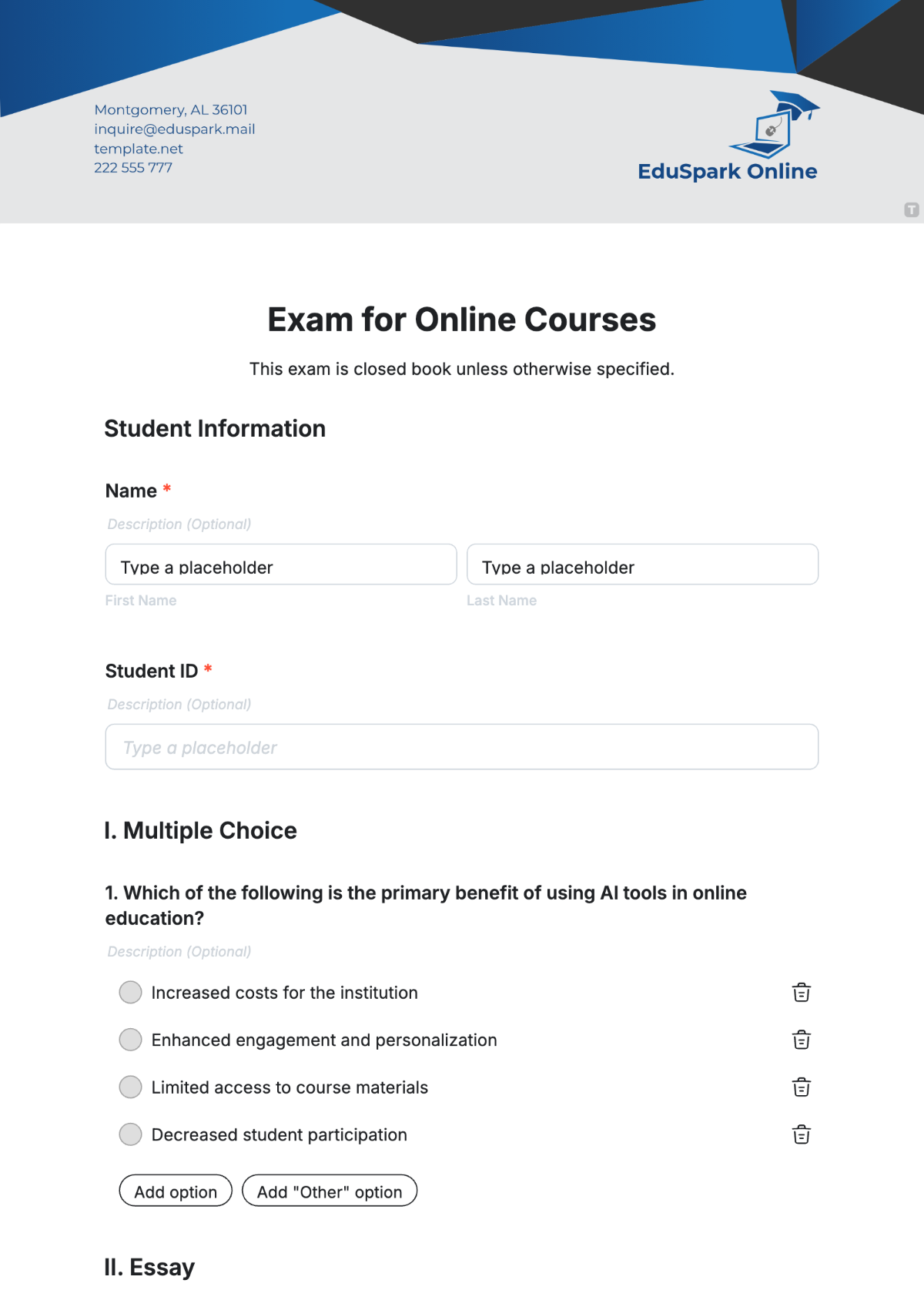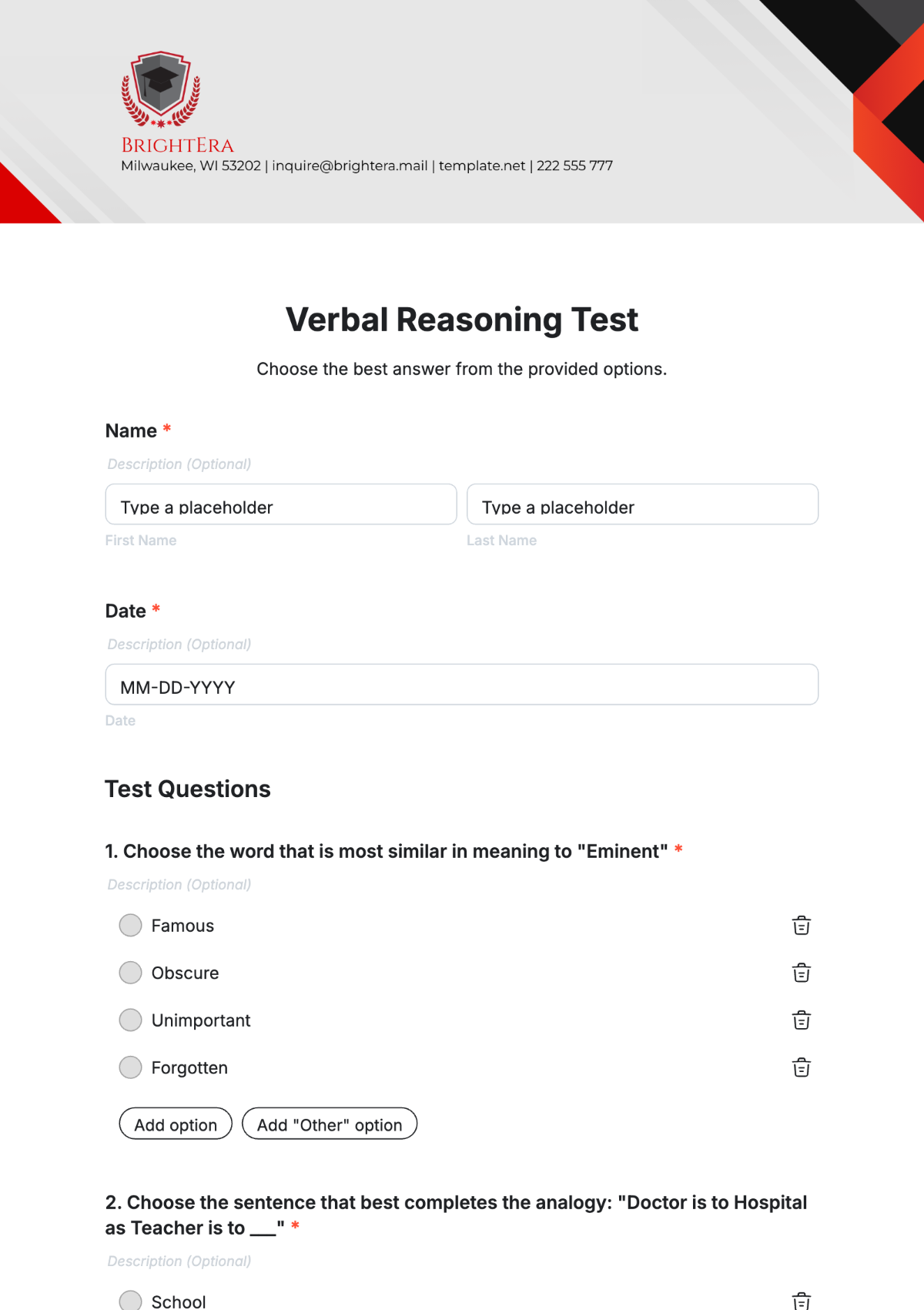System Test Plan
I. Introduction
The System Test Plan outlines the testing approach, scope, and procedures for verifying the functional requirements of the [YOUR COMPANY NAME] inventory management system. This plan aims to ensure that all system functionalities operate as intended, meeting the specified requirements and quality standards.
II. Project Overview
The [YOUR COMPANY NAME] inventory management system is a comprehensive solution designed to streamline inventory tracking, ordering, and replenishment processes for retail stores. This system integrates with existing point-of-sale systems to provide real-time inventory updates and analytics, ultimately enhancing operational efficiency and customer satisfaction. The testing phase is crucial to validate that the system performs its intended functions effectively and reliably, ensuring a seamless experience for end-users.
III. Test Objectives
Validate each functional requirement specified in the system's requirements documentation, including inventory tracking, order processing, reporting, and user management functionalities.
Identify any discrepancies between expected and actual system behavior, ensuring that all features operate correctly and consistently across different scenarios.
Ensure that the system functions correctly across different environments, including various hardware configurations and operating systems, to guarantee compatibility and reliability.
IV. Scope
Scope Item | Description |
|---|---|
Functional Modules | All functional modules within the system, including inventory tracking, order processing, reporting, and user management. |
System Interfaces | Interfaces with external systems such as point-of-sale terminals, supplier portals, and reporting tools. |
System Inputs and Outputs | Data inputs and outputs, including data validation, error handling, and exception handling mechanisms. |
Testing Conditions | Normal and stress conditions, including load testing, performance testing, and scalability testing. |
V. Test Approach
Approach | Description |
|---|---|
Test Strategy | Combination of manual and automated testing techniques to ensure comprehensive coverage of functional requirements. |
Test Environment | Dedicated testing environment replicating the production environment as closely as possible, including similar hardware configurations, operating systems, and network setups. |
Test Data | Relevant test data prepared to simulate various scenarios and conditions, including different product types, quantities, and pricing structures. |
Test Execution | Systematic execution of test cases with documentation of results for analysis and review. Development of test scripts for automated testing to expedite the testing process. |
VI. Test Deliverables
Test Plan document outlining the testing approach, scope, and procedures.
Test Cases detailing individual test scenarios, inputs, expected outcomes, and actual results.
Test Reports summarizing test execution results, including pass/fail status, defects identified, and any deviations from expected behavior.
VII. Testing Schedule
Activity | Start Date | End Date |
|---|---|---|
Test Preparation | March 1, 2050 | March 15, 2050 |
Test Execution | March 16, 2050 | April 15, 2050 |
Defect Resolution | April 16, 2050 | May 1, 2050 |
Final Review | May 2, 2050 | May 10, 2050 |
Test Closure | May 11, 2050 | May 15, 2050 |
VIII. Roles and Responsibilities
Role | Responsibilities |
|---|---|
Test Manager | Oversees testing activities, coordinates with development teams, and ensures adherence to testing standards and procedures. |
Test Team Members | Execute test cases, record test results, escalate issues or concerns to the test manager, and collaborate with development teams. |
Development Team | Provide support to the testing team, resolve defects identified during testing, clarify requirements, and address technical challenges. |
IX. Risks and Assumptions
Risk | Impact | Mitigation |
|---|---|---|
Limited Resources | May impact testing timelines | Allocate additional resources, prioritize critical testing activities, and optimize test processes. |
Inaccurate Requirements | May lead to ineffective testing | Conduct thorough requirement reviews, collaborate closely with stakeholders, and seek clarification when needed. |
X. Conclusion
The System Test Plan for the [YOUR COMPANY NAME] inventory management system aims to ensure that the system meets functional requirements and operates effectively under various conditions. By following the outlined approach and procedures, any deviations or issues can be identified and addressed promptly to deliver a robust and reliable system that meets the needs of end-users and stakeholders.
